This time, we taste different spirits of (French) Cognac

 Cognac is a renowned spirit, throughout the world for centuries, as a wine brandy produced in the French region of the same name. Mostly distilled nowadays in copper stills, Cognac is essentially a blend alcohol that seeks to express the finesse and elegance of its different wines, which composing it and its further uses (like this Brandy Crusta cocktail illustrated here by Weekend Mixologist).
Cognac is a renowned spirit, throughout the world for centuries, as a wine brandy produced in the French region of the same name. Mostly distilled nowadays in copper stills, Cognac is essentially a blend alcohol that seeks to express the finesse and elegance of its different wines, which composing it and its further uses (like this Brandy Crusta cocktail illustrated here by Weekend Mixologist).
This white wine eau-de-vie is made from a double distillation in a Charentais still, then aged in French oak barrels for a minimum of two years.
Thanks to many achieved efforts, Cognac has gained in sophistication to become the symbol of French luxury and refinement. Paradoxically, this typical and emblematic French know-how has been luckily boosted by the spotlights of its distributors from all over the World, who promoted the premium and ancestral tradition of its producers. Therefore, the rich history of Cognac had always the privilege to offer a real international fame to these vineyards, from the apparition of some prestige Cuvées in the list of the best cocktail bars of the galaxy until some legendary movies. This notoriety wouldn’t have been the same if the Cognac houses have not kept a strong attachment to their vines and the quality of their juices, pursuing, for some of them, a heritage rich of many centuries. By AP
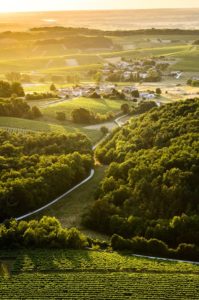
 For your basic information, the vineyards of Cognac are mainly located in the neighbors French departments of Charente and Charente-Maritime, but they could also extend to Deux-Sèvres and Dordogne. Thus, the authentic AOC appellation of Cognac embraces approximately 80,000 hectares of vines, divided into six Crus, and nearly exclusively made of the Ugni Blanc grape variety.
For your basic information, the vineyards of Cognac are mainly located in the neighbors French departments of Charente and Charente-Maritime, but they could also extend to Deux-Sèvres and Dordogne. Thus, the authentic AOC appellation of Cognac embraces approximately 80,000 hectares of vines, divided into six Crus, and nearly exclusively made of the Ugni Blanc grape variety.
All of them are defined by the nature of their distinct subsoils, among them we can count the Borderies, Fins Bois, Bons Bois, Bois Ordinaires, Petite and Grande Champagne. By the way, a famous 19th century geologist, called Henri Coquand tried to understand and then describe the nature of the soils of this region and their impact on Cognacs (photo credits: Stéphane Charbeau).

 Les Fins Bois represent a specific appellation motivated by the greatest Crus, starring a majority of them, occupied by a line of clay-limestone soils, but also very clayey soils. This smart combination has been resulting to a higher average of eaux-de-vie, due to the method of pressing grapes melt with the expression of some slight floral scents.
Les Fins Bois represent a specific appellation motivated by the greatest Crus, starring a majority of them, occupied by a line of clay-limestone soils, but also very clayey soils. This smart combination has been resulting to a higher average of eaux-de-vie, due to the method of pressing grapes melt with the expression of some slight floral scents.- Les Bons Bois are located on the sandy soils of the coastal area, producing really round and elegant eaux-de-vie, as well able to quite quickly mature, with its fruity assets.
- Les Bois Ordinaires are bordered by the Atlantic Ocean, this also predominantly sandy terroir represents just around 2% of the total Cognac production. These eaux-de-vie age quicker with a distinctive proper taste.

 The Grande Champagne and Petite Champagne are situated in the heart of the Cognac region, this time more through clay-limestone soils. Therefore, the upcoming eaux-de-vie are fine (especially for Grande Champagne) and present a predominantly floral bouquet.
The Grande Champagne and Petite Champagne are situated in the heart of the Cognac region, this time more through clay-limestone soils. Therefore, the upcoming eaux-de-vie are fine (especially for Grande Champagne) and present a predominantly floral bouquet.- Les Borderies stand in the north-west of the Grande Champagne, this is the smallest territory among these 6 Crus, enriched with silico-clay soils. These eaux-de-vie are round and have a characteristic violet scent.

 In this article, we have also the pleasure to introduce you some different tasting methods. Thus, depending on your sensitivity, we count three main consumption methods.
In this article, we have also the pleasure to introduce you some different tasting methods. Thus, depending on your sensitivity, we count three main consumption methods. 
 After this section, we learn more about some of the main aging mentions, from the less aged, naturally known with the VS initials (for “Very Special”). This blend of eaux-de-vie was aged at least 2 years, in comparison to the 4 years of VSOP (as “Very Special Old Pale”). Thus, this type of Cognac was born at the beginning of the 19th century, following a request from the British Royal House, wishing to receive a new “pale” Cognac, without any additive.
After this section, we learn more about some of the main aging mentions, from the less aged, naturally known with the VS initials (for “Very Special”). This blend of eaux-de-vie was aged at least 2 years, in comparison to the 4 years of VSOP (as “Very Special Old Pale”). Thus, this type of Cognac was born at the beginning of the 19th century, following a request from the British Royal House, wishing to receive a new “pale” Cognac, without any additive.
 Last but not least, the Extra Hors d’Âge, often much older than the XO, is the wedding of high-quality eaux-de-vie. The result is a visible aromatic subtle blend, due to a fine assemblage of several aged juices.
Last but not least, the Extra Hors d’Âge, often much older than the XO, is the wedding of high-quality eaux-de-vie. The result is a visible aromatic subtle blend, due to a fine assemblage of several aged juices. 
 As far as we know, the Cognac market is full of various players, enriched with very different universes. Many statuses exist, from the independent owner, who develops each stage of his proper Cognac production, passing by the landlord trader who has more means to elaborate several aged ranges and controls each stage of his production process (from the planting of vines to the bottling of their Cognac).
As far as we know, the Cognac market is full of various players, enriched with very different universes. Many statuses exist, from the independent owner, who develops each stage of his proper Cognac production, passing by the landlord trader who has more means to elaborate several aged ranges and controls each stage of his production process (from the planting of vines to the bottling of their Cognac). We start our Cognac tour with La Maison A. de Fussigny, established since 1814 in the historical center of the city of Cognac and as well in its owns cellars, on the riverside of the Charente valley.
We start our Cognac tour with La Maison A. de Fussigny, established since 1814 in the historical center of the city of Cognac and as well in its owns cellars, on the riverside of the Charente valley.
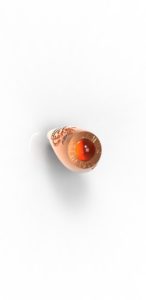
 Moreover, this ideal location on the banks of the Charente river helps to bring perfect ageing conditions for their Cognacs, due to its direct opening into some fertile waterways. Indeed, this region benefits from a great humidity rate, able to host these kinds of brandy, in some specific connected aging cellars, close to this precious water and whose oldest stills date from 1910!
Moreover, this ideal location on the banks of the Charente river helps to bring perfect ageing conditions for their Cognacs, due to its direct opening into some fertile waterways. Indeed, this region benefits from a great humidity rate, able to host these kinds of brandy, in some specific connected aging cellars, close to this precious water and whose oldest stills date from 1910! The result is a selection of accessible Cognacs for everyone but enhanced with a real personality, both dedicated to new consumers and longtime enthusiasts. From their classic range, baptized Creation Range, towards their single-cru range, called Collection Range, you could also naturally explore other items of their specific products, such as organic Cognac, kosher Cognac, and even some nice millesimes…
The result is a selection of accessible Cognacs for everyone but enhanced with a real personality, both dedicated to new consumers and longtime enthusiasts. From their classic range, baptized Creation Range, towards their single-cru range, called Collection Range, you could also naturally explore other items of their specific products, such as organic Cognac, kosher Cognac, and even some nice millesimes…
 A couple of words about their Creation Range… This line is regarded as one of the inner essences of Cognac, mostly made from blends finding their origin in the Petite and Grande Champagne appellations.
A couple of words about their Creation Range… This line is regarded as one of the inner essences of Cognac, mostly made from blends finding their origin in the Petite and Grande Champagne appellations. 
 In this category, we propose here to taste the A. De Fussigny Selection, a blend of many eaux-de-vie from different areas (Grande Champagne, Petite Champagne, Borderies, Fins Bois). Indeed, these cited juices wear a transparent and golden robe, with subtle hues of amber, melt in a bouquet of flowered and spicy vanilla notes.
In this category, we propose here to taste the A. De Fussigny Selection, a blend of many eaux-de-vie from different areas (Grande Champagne, Petite Champagne, Borderies, Fins Bois). Indeed, these cited juices wear a transparent and golden robe, with subtle hues of amber, melt in a bouquet of flowered and spicy vanilla notes. 
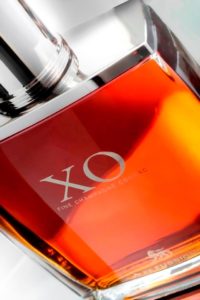 Now that you know more about XO, why don’t you also try the A. De Fussigny XO Fine Champagne? This time, the majestic Fine Champagne blend is composed of at least 50% of Grande Champagne and the rest of Petite Champagne.
Now that you know more about XO, why don’t you also try the A. De Fussigny XO Fine Champagne? This time, the majestic Fine Champagne blend is composed of at least 50% of Grande Champagne and the rest of Petite Champagne.

Last but not least, if you wish to learn more about the other Collection Range, a VSOP box reuniting the different versions belonging to this line, is now available. Therefore, get the opportunity to taste the different characteristics of each of the four main growth appellations, which used to be the master blender’s privilege only.
All expressions of this line have the same age so that Cognac lovers can discover the different aromas and flavors each Cognac cru has to offer. Plus, this range is topped off with an organic expression. This set includes:
20cl VSOP Grande Champagne
20cl VSOP Petite Champagne
20cl VSOP Borderies
20cl VSOP Fins Bois
20cl VSOP Organic (certified organic)
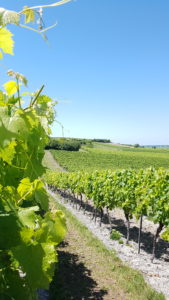
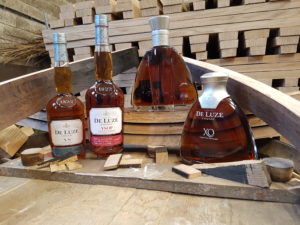 Then, we don’t go too far, focusing the fascinating story of the Cognac De Luze Cognac, nowadays property of the Maison Boinaud. Here, we interest ourselves on its founder Alfred de Luze, whose fate is comparable to the one related to Michel Boinaud, who later became the owner of the brand (photo credits: Boinaud).
Then, we don’t go too far, focusing the fascinating story of the Cognac De Luze Cognac, nowadays property of the Maison Boinaud. Here, we interest ourselves on its founder Alfred de Luze, whose fate is comparable to the one related to Michel Boinaud, who later became the owner of the brand (photo credits: Boinaud). 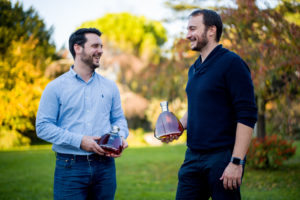 Since its acquisition, the Boinaud family has maintained this solid reputation with passion and innovation. Charles and Rémi Boinaud, the 24th generation, embody today these family values for the Maison Boinaud. Indeed, already owner of the connoisseur Cognac J. Dupont brand, the Maison Boinaud tended to more and more consider that the Cognac De Luze, as a real revolutionizing brand, notably in terms of tasting experience, along inner intrinsic values as much as possible preserved on the notions of heritage, modernity and know-how. This philosophy allows for the Maison Boinaud to own all the stages of the production : vines, harvest, vinification, distillation, blending, ageing and even the bottling. By the way, you’re invited to learn more about their brand identity while visiting the Maison Boinaud, situated in the charming village of Angeac Champagne, more information contacting their Hospitality Department.
Since its acquisition, the Boinaud family has maintained this solid reputation with passion and innovation. Charles and Rémi Boinaud, the 24th generation, embody today these family values for the Maison Boinaud. Indeed, already owner of the connoisseur Cognac J. Dupont brand, the Maison Boinaud tended to more and more consider that the Cognac De Luze, as a real revolutionizing brand, notably in terms of tasting experience, along inner intrinsic values as much as possible preserved on the notions of heritage, modernity and know-how. This philosophy allows for the Maison Boinaud to own all the stages of the production : vines, harvest, vinification, distillation, blending, ageing and even the bottling. By the way, you’re invited to learn more about their brand identity while visiting the Maison Boinaud, situated in the charming village of Angeac Champagne, more information contacting their Hospitality Department.
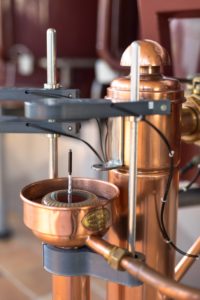 Additionally, you could admire the huge work achieved by the teams, to maintain this timeless Maison as an important representative of the Fine Champagne area. For your information, this style is a successful wedding composed of the two more prestigious vintages of the famous AOC appellation (Controlled Designation of Origin), so to say the Grande Champagne and the Petite Champagne.
Additionally, you could admire the huge work achieved by the teams, to maintain this timeless Maison as an important representative of the Fine Champagne area. For your information, this style is a successful wedding composed of the two more prestigious vintages of the famous AOC appellation (Controlled Designation of Origin), so to say the Grande Champagne and the Petite Champagne.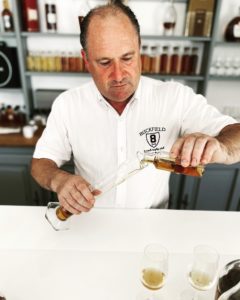
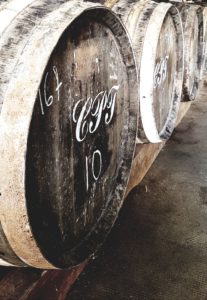 In parallel, you could easily appreciate the unique personality expressed by the De Luze line, due through a very particular distillation, operated on lees. Therefore, this process is very acclaimed by Cognac connoisseurs as it requires a certain dexterity and logically some deep experience.
In parallel, you could easily appreciate the unique personality expressed by the De Luze line, due through a very particular distillation, operated on lees. Therefore, this process is very acclaimed by Cognac connoisseurs as it requires a certain dexterity and logically some deep experience.
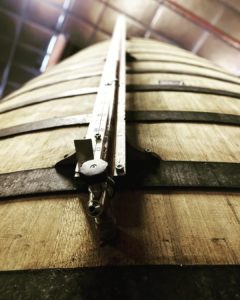 For instance, the Cognac De Luze VS has the particularity of being enhanced by proper Fine Champagne assets, directly coming from the best terroirs of the Cognac region. By the way, this is a rare asset for such a young expression like VS, distilled and aged in the estate and assembled by their own cellar master. Thus, its fruity and fresh character is undoubtedly amazing.
For instance, the Cognac De Luze VS has the particularity of being enhanced by proper Fine Champagne assets, directly coming from the best terroirs of the Cognac region. By the way, this is a rare asset for such a young expression like VS, distilled and aged in the estate and assembled by their own cellar master. Thus, its fruity and fresh character is undoubtedly amazing. 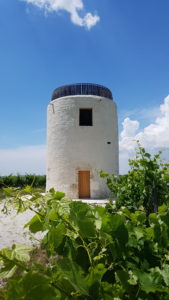
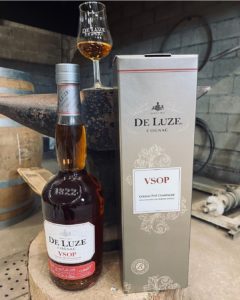 For more choice, the Cognac De Luze VSOP Fine Champagne is highlighted as a unique expression of the finest distillation of their premium homemade eaux-de-vie. Indeed, this exceptional Cognac is a unmissable blend, whose youngest one is 4 years old minimum, of nice eaux-de-vie, to be found in the Grande and Petite Champagne. As we have seen earlier, these two best terroirs in the Cognac region compose this special Fine Champagne blend. As a matter of fact, this golden wine is distilled in an unfiltered condition, following the original method, developed by the Boinaud family, on the lees, contributing to offer a long and surprising finish to this elixir. Once in mouth, you could notice the soft and fruity aromas of plum and more globally, candied fruits, along the floral feeling of rose petals. A perfect balance to match in a Manhattan cocktail, due to its spicy notes of vanilla and chocolate.
For more choice, the Cognac De Luze VSOP Fine Champagne is highlighted as a unique expression of the finest distillation of their premium homemade eaux-de-vie. Indeed, this exceptional Cognac is a unmissable blend, whose youngest one is 4 years old minimum, of nice eaux-de-vie, to be found in the Grande and Petite Champagne. As we have seen earlier, these two best terroirs in the Cognac region compose this special Fine Champagne blend. As a matter of fact, this golden wine is distilled in an unfiltered condition, following the original method, developed by the Boinaud family, on the lees, contributing to offer a long and surprising finish to this elixir. Once in mouth, you could notice the soft and fruity aromas of plum and more globally, candied fruits, along the floral feeling of rose petals. A perfect balance to match in a Manhattan cocktail, due to its spicy notes of vanilla and chocolate. 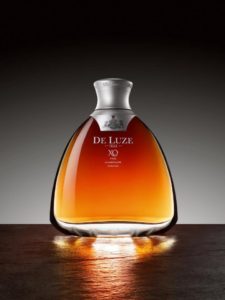
 In terms of aging evolution, the De Luze XO embodies the required patience and know-how for a premium Cognac. Thus, again this blend of some great, aged of more than 10 year-old, eaux-de-vie, cautiously selected and aged over the years by the cellar master, is aimed to carry a round and durable intense expression. Indeed, this light amber flagship juice is typical of a XO quality, proud of its maturity which offers a wonderful sweetness to this XO. Therefore, under its light amber reflects, arise with exceptional floral flavors of jasmine and medlar flowers, along the fruity notes of fig, plum, candied orange and even crème brûlée! Moreover, this soft and refined amplitude as well reserves spicy notes of hot brioche and toasted oak, in your mouth, before a rich final moment. The Cognac De Luze XO is ideal for a sampling on ice.
In terms of aging evolution, the De Luze XO embodies the required patience and know-how for a premium Cognac. Thus, again this blend of some great, aged of more than 10 year-old, eaux-de-vie, cautiously selected and aged over the years by the cellar master, is aimed to carry a round and durable intense expression. Indeed, this light amber flagship juice is typical of a XO quality, proud of its maturity which offers a wonderful sweetness to this XO. Therefore, under its light amber reflects, arise with exceptional floral flavors of jasmine and medlar flowers, along the fruity notes of fig, plum, candied orange and even crème brûlée! Moreover, this soft and refined amplitude as well reserves spicy notes of hot brioche and toasted oak, in your mouth, before a rich final moment. The Cognac De Luze XO is ideal for a sampling on ice.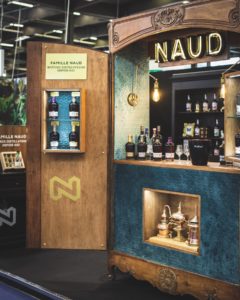
 Since more than a century, five generations of courageous entrepreneurs have succeeded in the proper family distillery founded by Emile Perrier, a renowned liquorist. And his heirs were even a bit proactive, due to some ambitious projects initiated in the 1980s, by Robert Perrier‘s son-in-law, Jean-Michel Naud. This passionate explorer of wine and spirits aromas, tended to rediscover the inner spirit with this new Famille Naud project.
Since more than a century, five generations of courageous entrepreneurs have succeeded in the proper family distillery founded by Emile Perrier, a renowned liquorist. And his heirs were even a bit proactive, due to some ambitious projects initiated in the 1980s, by Robert Perrier‘s son-in-law, Jean-Michel Naud. This passionate explorer of wine and spirits aromas, tended to rediscover the inner spirit with this new Famille Naud project.
Helped with his son Pierre, they decided to rekindle the flame of the traditional copper stills to develop noble and racy Cognacs, proud of their roots. They also offer another range, composed of original spirits dedicated for alternative wishes. These jewels are also produced in a certain discretion, inside the small hidden distillery, nestled in the heart of the Charentes, surrounded by two arms of the Seugne river.
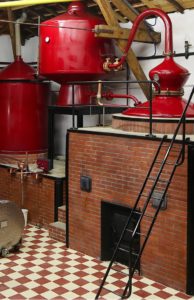
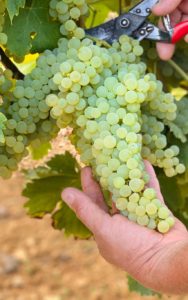 Therefore, the Naud family invites you to share their passion for a certain Art of Distillation, by revealing their treasures, which have been remaining secret for some of them… (photo credits: Famille Naud).
Therefore, the Naud family invites you to share their passion for a certain Art of Distillation, by revealing their treasures, which have been remaining secret for some of them… (photo credits: Famille Naud).

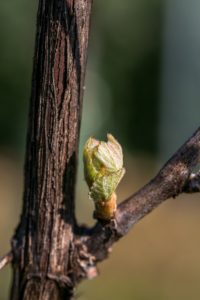 Furthermore, as a trained oenologist and real professional, Jean-Michel Naud paid many efforts to develop a range of quality brandies, while always respecting the tradition of a precise wine distillation. With his son Pierre, they focused on the selection of the finest Ugni Blanc grapes, harvested at an optimum maturity, from famous Crus, spread in the AOC area.
Furthermore, as a trained oenologist and real professional, Jean-Michel Naud paid many efforts to develop a range of quality brandies, while always respecting the tradition of a precise wine distillation. With his son Pierre, they focused on the selection of the finest Ugni Blanc grapes, harvested at an optimum maturity, from famous Crus, spread in the AOC area. 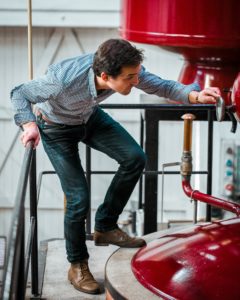
 Then, once vinified, the Famille Naud‘s wines are forwarded towards a double distillation, into an open fire operated in small traditional copper stills, after naturally a careful checking prior undergoing any new session.
Then, once vinified, the Famille Naud‘s wines are forwarded towards a double distillation, into an open fire operated in small traditional copper stills, after naturally a careful checking prior undergoing any new session.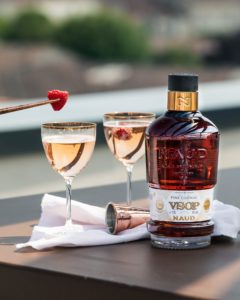
 The result is a repositioning on four main references, composing this pleasant range, cradled by the nearby waterways. From the golden dressed VS Cognac, and its smooth perfume of pear and peach, evolving on toasted almonds and cinnamon. Before switching into a fresh and balanced alloy of fruity aromas highlighting in your palate, a mixed sensation of white fruit and honey, extending into vanilla notes.
The result is a repositioning on four main references, composing this pleasant range, cradled by the nearby waterways. From the golden dressed VS Cognac, and its smooth perfume of pear and peach, evolving on toasted almonds and cinnamon. Before switching into a fresh and balanced alloy of fruity aromas highlighting in your palate, a mixed sensation of white fruit and honey, extending into vanilla notes.
Here, we propose to associate it in a Raspberry Crusta, a cocktail imagined by Loïc Jouanin, available at the Sape Bar, in the 25hours Hotel Terminus Nord (our article here). His recipe is simple, composed of 4 cl of Cognac VS Naud, 1 cl of Cointreau, 1 cl of raspberry puree, 2 cl of lemon juice and 1.5 cl of muscovado syrup. Cheers!
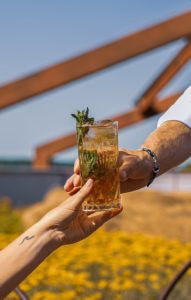
 Otherwise, you should try their VSOP Cognac, at least aged 4 years in oak barrels, in order to obtain this appellation. That’s why, a necessary patience is required to get the opportunity to savor this tasting spirit, brought to light through its auburn and shiny reflections.
Otherwise, you should try their VSOP Cognac, at least aged 4 years in oak barrels, in order to obtain this appellation. That’s why, a necessary patience is required to get the opportunity to savor this tasting spirit, brought to light through its auburn and shiny reflections.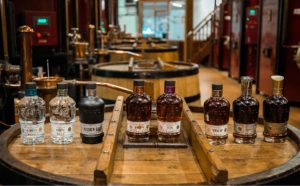

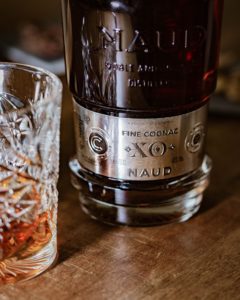 On top of that, we upon introduce you the complete offer from the Naud Distillery, from their four Cognacs, ranging from VS to Extra, a 15 years Ron from Panama, a Spiced Rum, a Gin and even a Vodka. For instance, if you rather interest on their XO Cognac, your attention would be surely captured by its long tasting notes of orange jam and toffee, born from the meeting of some tasty Petite and Grande Champagne vintages, selected for their strength and also completed with the intense freshness, emanating from their Fins Bois plots.
On top of that, we upon introduce you the complete offer from the Naud Distillery, from their four Cognacs, ranging from VS to Extra, a 15 years Ron from Panama, a Spiced Rum, a Gin and even a Vodka. For instance, if you rather interest on their XO Cognac, your attention would be surely captured by its long tasting notes of orange jam and toffee, born from the meeting of some tasty Petite and Grande Champagne vintages, selected for their strength and also completed with the intense freshness, emanating from their Fins Bois plots. 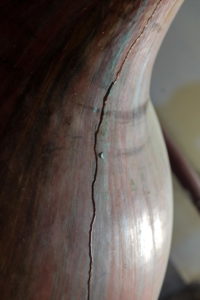
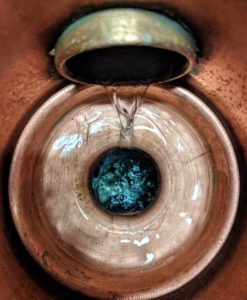 When it comes to any organic form of Cognac, this way of production represents about only 1% of the overall Cognac domain. And since 1998, the Distillerie Du Peyrat, decided to take this commitment, from its vineyards located in Houlette, but whose name comes from Le Peyrat, a small village where it was founded, located 10 kilometers away from the city of Cognac.
When it comes to any organic form of Cognac, this way of production represents about only 1% of the overall Cognac domain. And since 1998, the Distillerie Du Peyrat, decided to take this commitment, from its vineyards located in Houlette, but whose name comes from Le Peyrat, a small village where it was founded, located 10 kilometers away from the city of Cognac.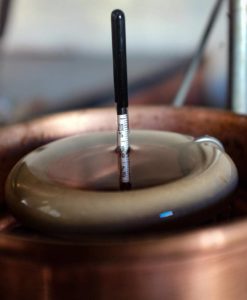
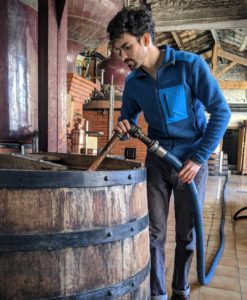 For your information, the Distillerie du Peyrat has been distilling Cognacs for several decades, especially since the family has been initially involved in the production of the typical Charentais brandy from 1705.
For your information, the Distillerie du Peyrat has been distilling Cognacs for several decades, especially since the family has been initially involved in the production of the typical Charentais brandy from 1705.Then, Jean-François Rault took over the distillery in the 80s, after gaining a significant experience within the Cognac production methods. Cautious about environmental concerns and more globally, the respect of nature, he decided to convert into the production of organic Cognacs. As a pioneer in this domain, he also tended to guarantee a better expression of the terroir, while eliminating any chemical products over his 30 hectares of vineyards.
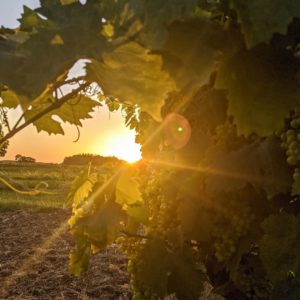
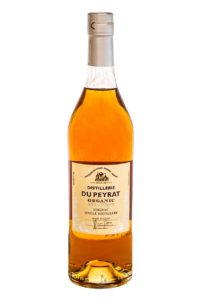 Among the exclusive list of 3 jewels, all Ecocert and USDA certified, proposed for to your precious moments, we can count on the Organic Selection, at first sight.
Among the exclusive list of 3 jewels, all Ecocert and USDA certified, proposed for to your precious moments, we can count on the Organic Selection, at first sight.Thanks to a discrete amber robe, leading to an elegant nose full of white fruits, such as pear, apricot and vine peach.
“Silky and light bodied, this USDA certified-organic Cognac offers warm notes of honey, baked pear and vanilla sweetness, drying to a delicately spiced finish” – Wine Enthusiast Magazine

 Then came, the VSOP Prestige, still composed of Ugni Blanc from Petite Champagne, Fins Bois and Bons Bois, is more recognizable with its more dark amber color, bringing an intense nose, with aromas of mirabelle, plum and vanilla notes.
Then came, the VSOP Prestige, still composed of Ugni Blanc from Petite Champagne, Fins Bois and Bons Bois, is more recognizable with its more dark amber color, bringing an intense nose, with aromas of mirabelle, plum and vanilla notes.
The result is a delicious palate and aromatic sensation, including a nose full of contained intensity, with some iodized citrus notes, for undeniable length.
Therefore, enjoy this versatile Cognac that perfectly fulfills its role of a VSOP, as well a final fresh touch able to satisfy you for a aperitif, the time to spend a pleasant epicurean time, either at late afternoon or eventually after a good diner.
 Finally, don’t miss the XO Cognac, rich of its 10 years of ageing, holds a very shiny mahogany color. Thanks to a bunch of rich tasting notes of vanilla and spicy aromas, intensely perceptible from the first scented instants.
Finally, don’t miss the XO Cognac, rich of its 10 years of ageing, holds a very shiny mahogany color. Thanks to a bunch of rich tasting notes of vanilla and spicy aromas, intensely perceptible from the first scented instants.
A wedding between some notes of bitter old orange peel notes, a small touch of cinnamon and Sichuan pepper. Thus, you would find a powerful taste, balanced with a moderate sweetness composed of a variation of juicy white fruits, candied plums and nutmeg. The consequence is the expression of fresh aromas preparing a sustainable finish where the nobility of an organic wood naturally arises.
A casual XO Cognac, mixing again the fine spirits from the Petite Champagne, Fins Bois and Bons Bois territories, and that needs some precious time and attention to be appreciated at its fair value!



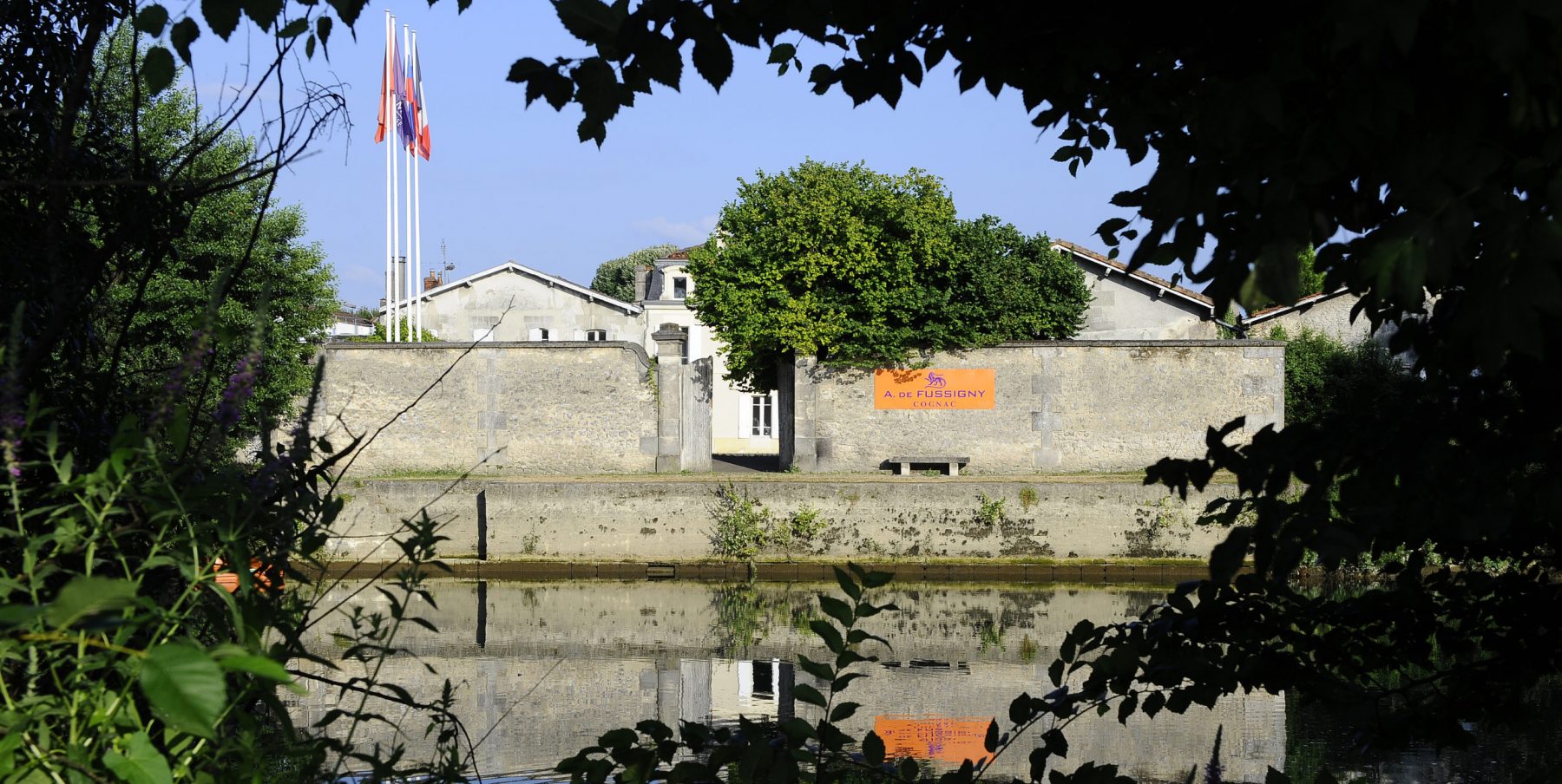
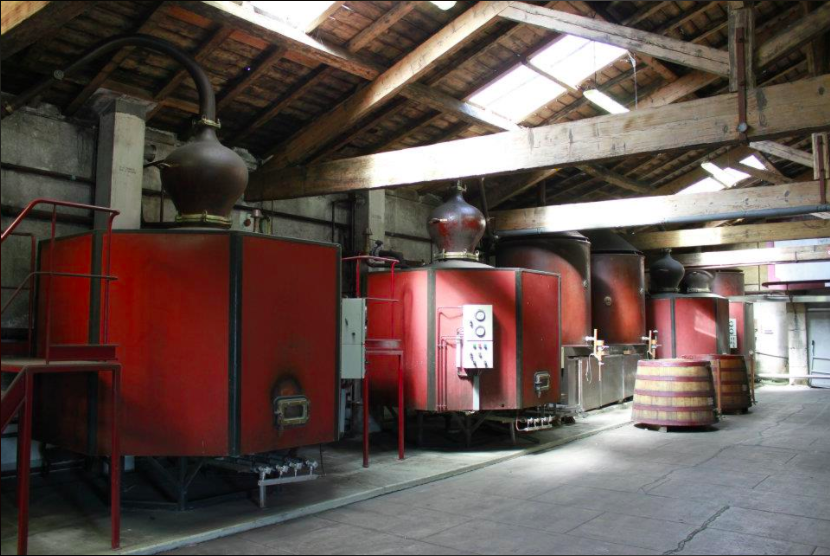
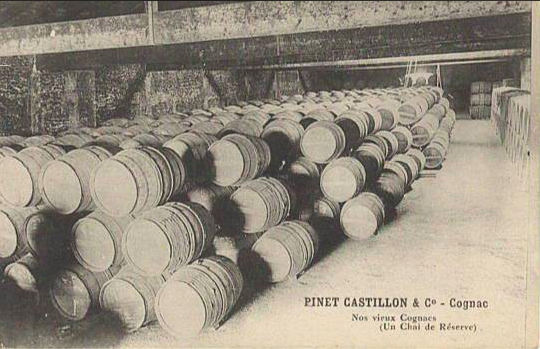
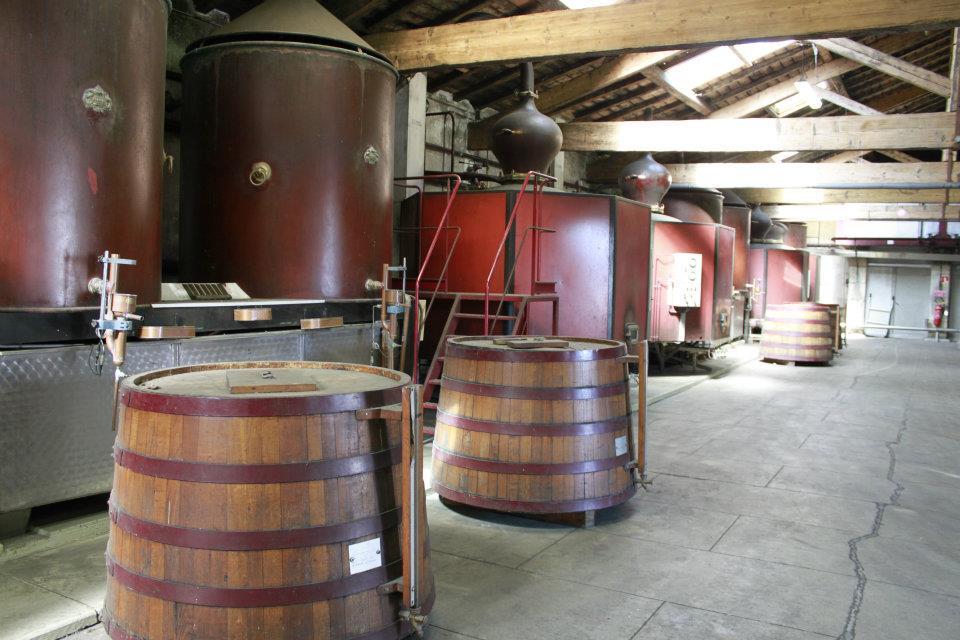
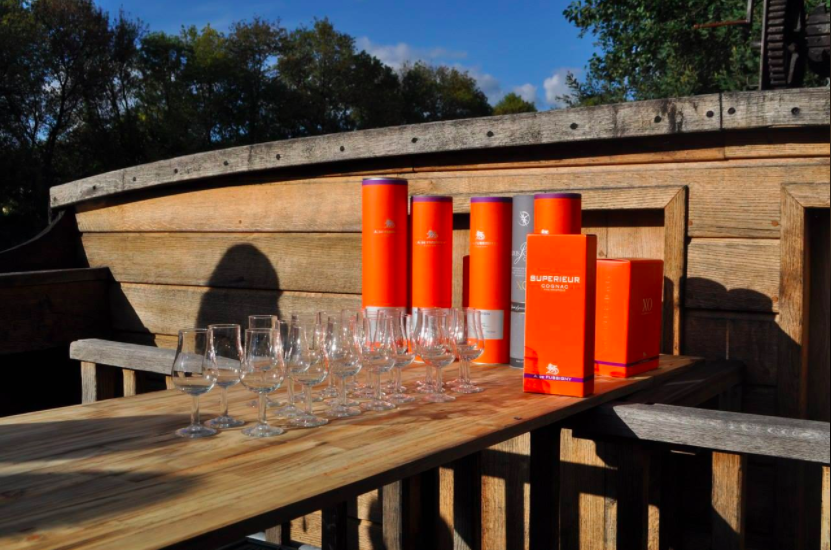
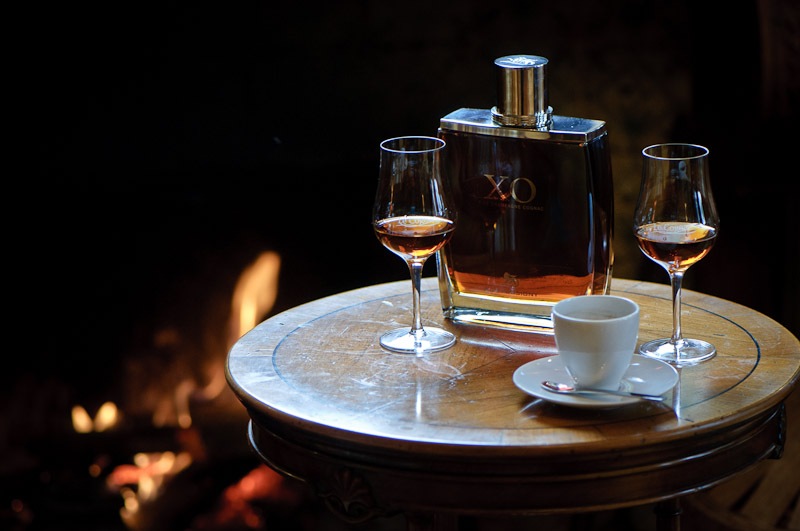
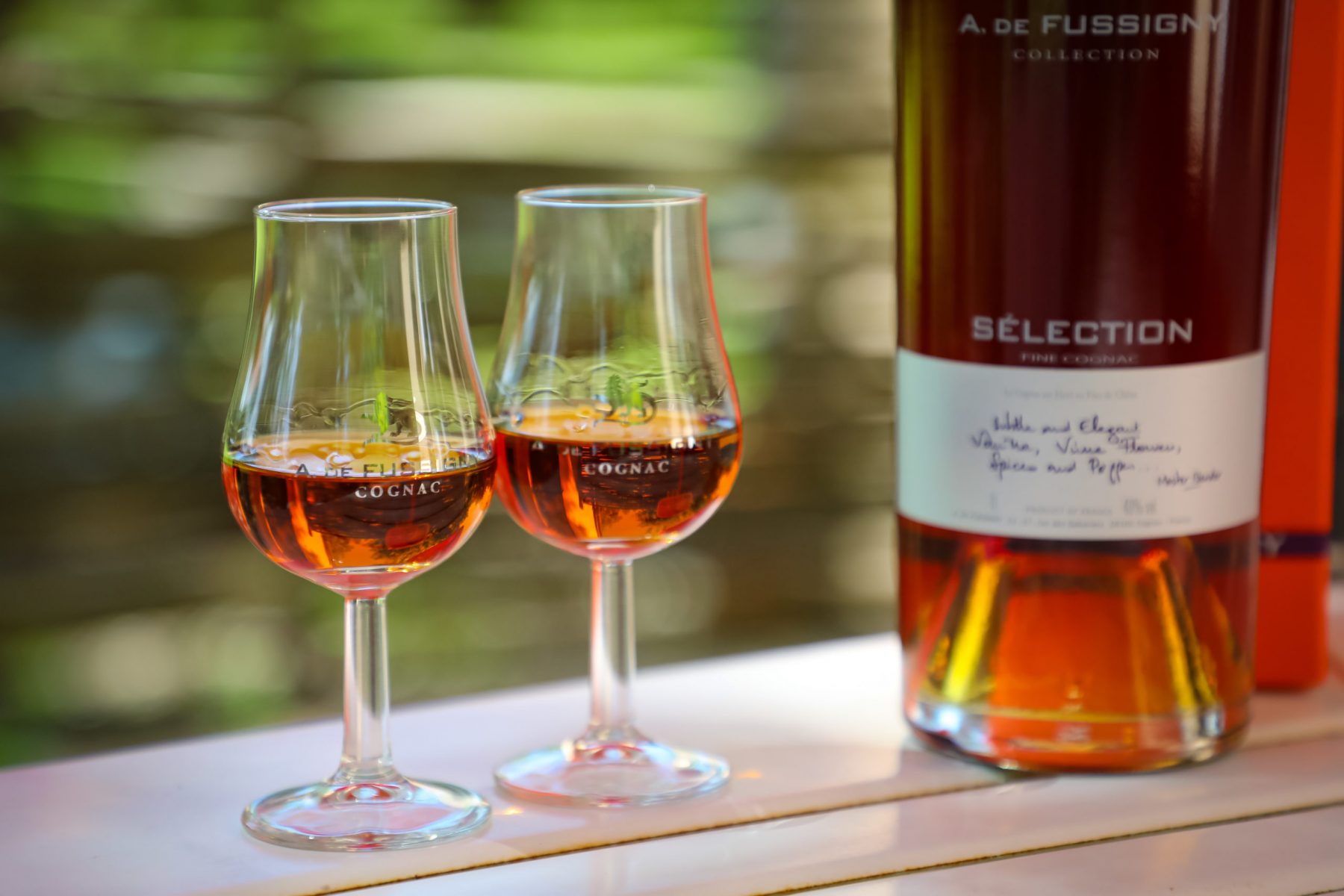
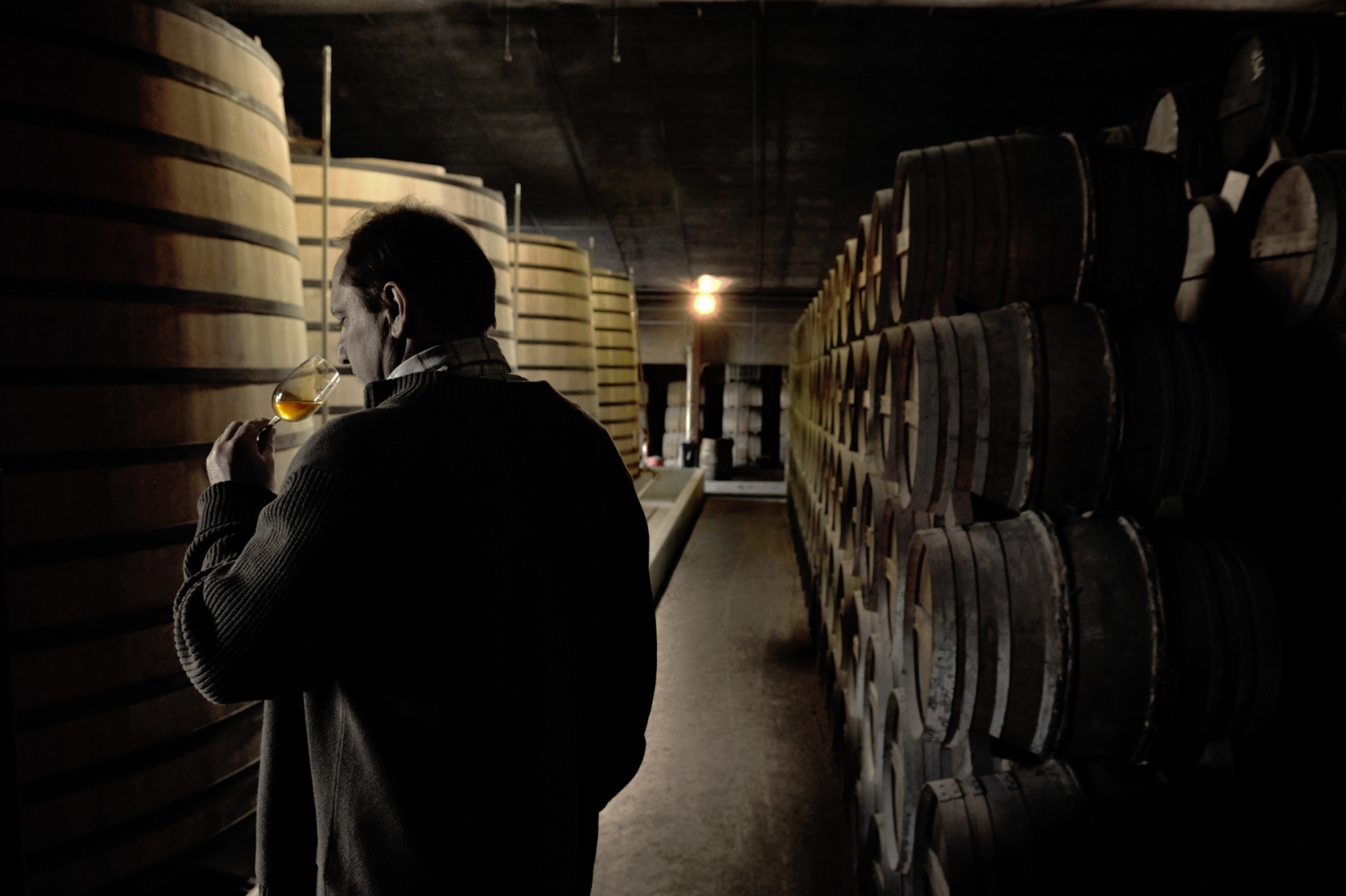

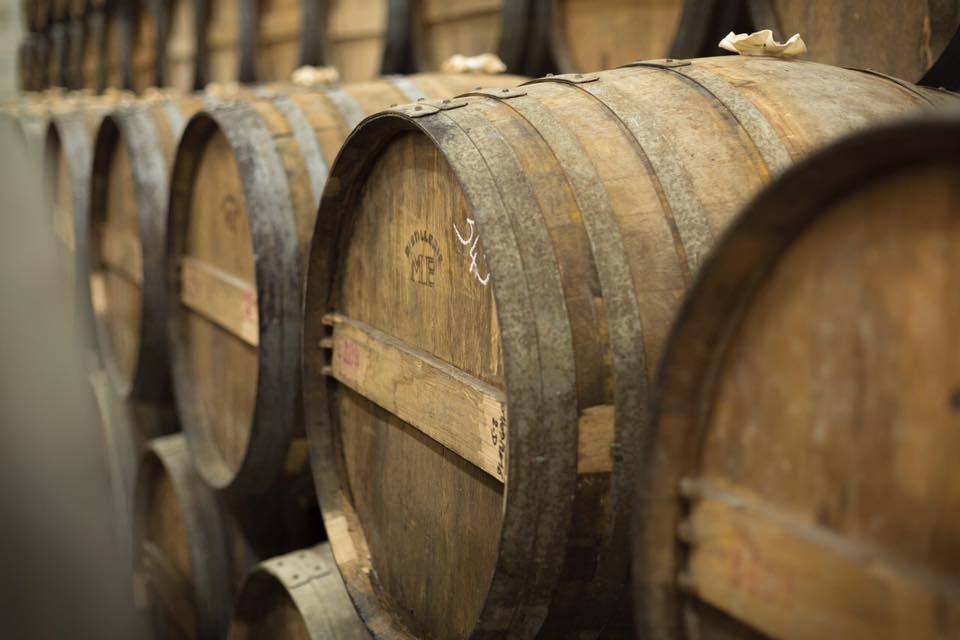
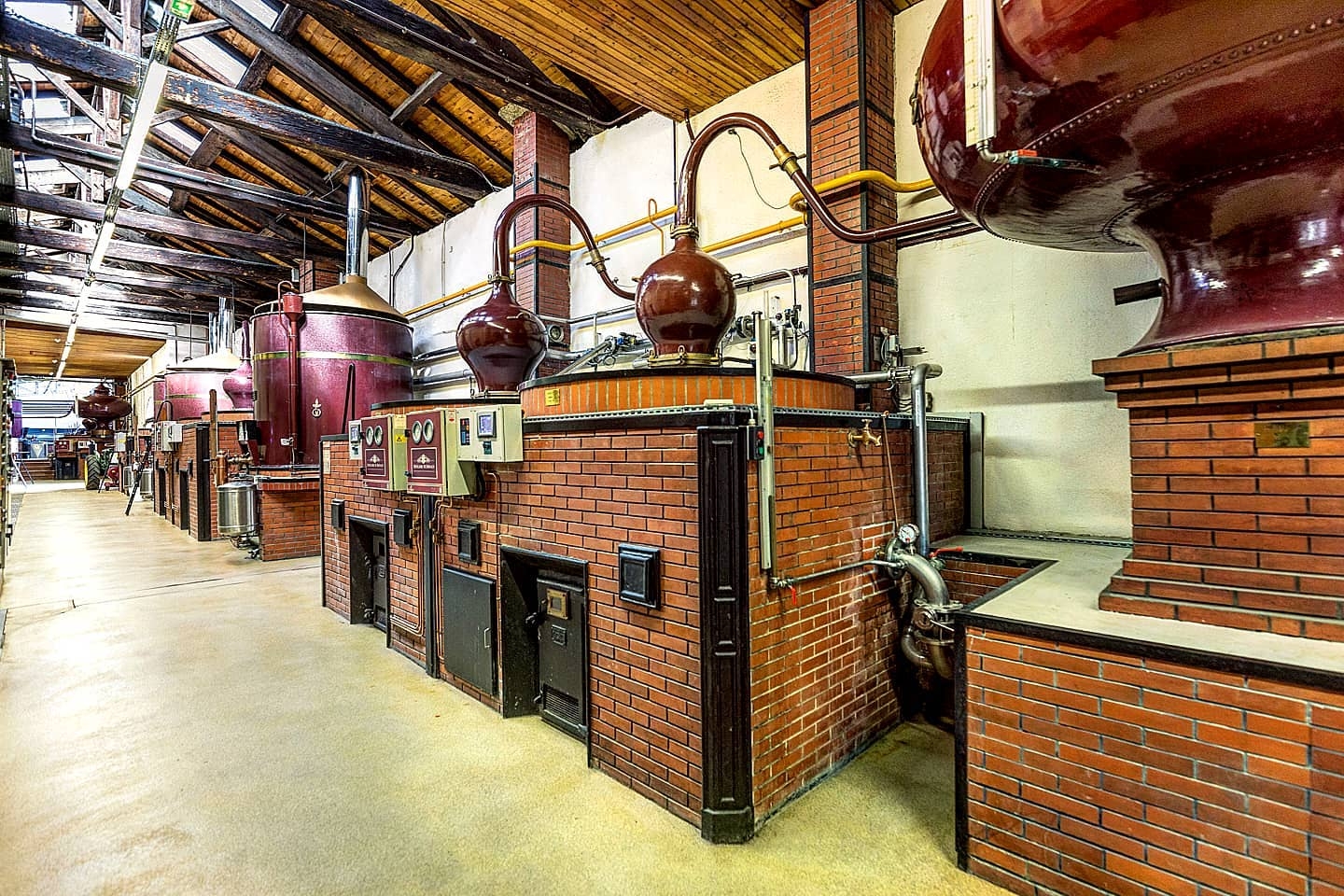
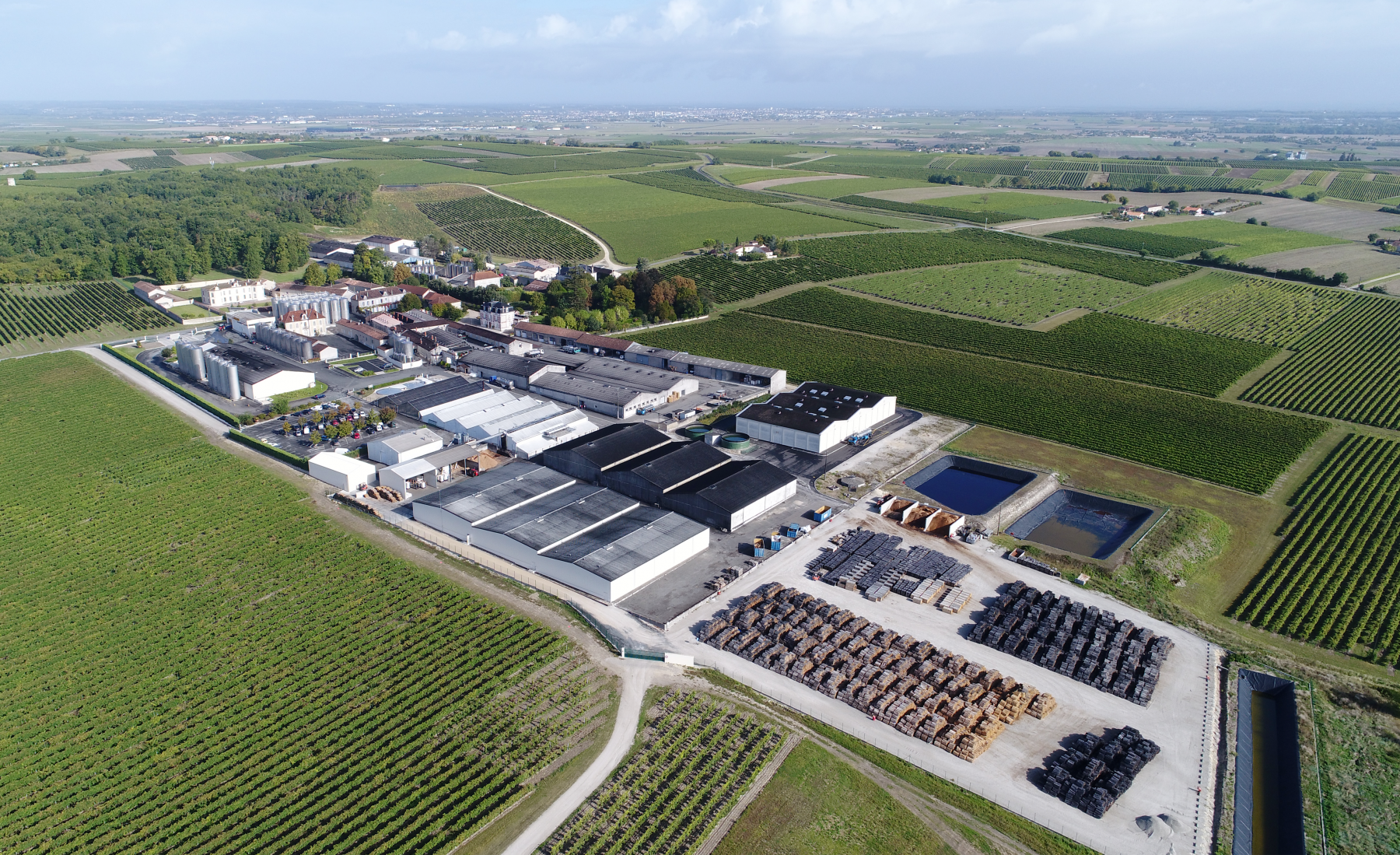
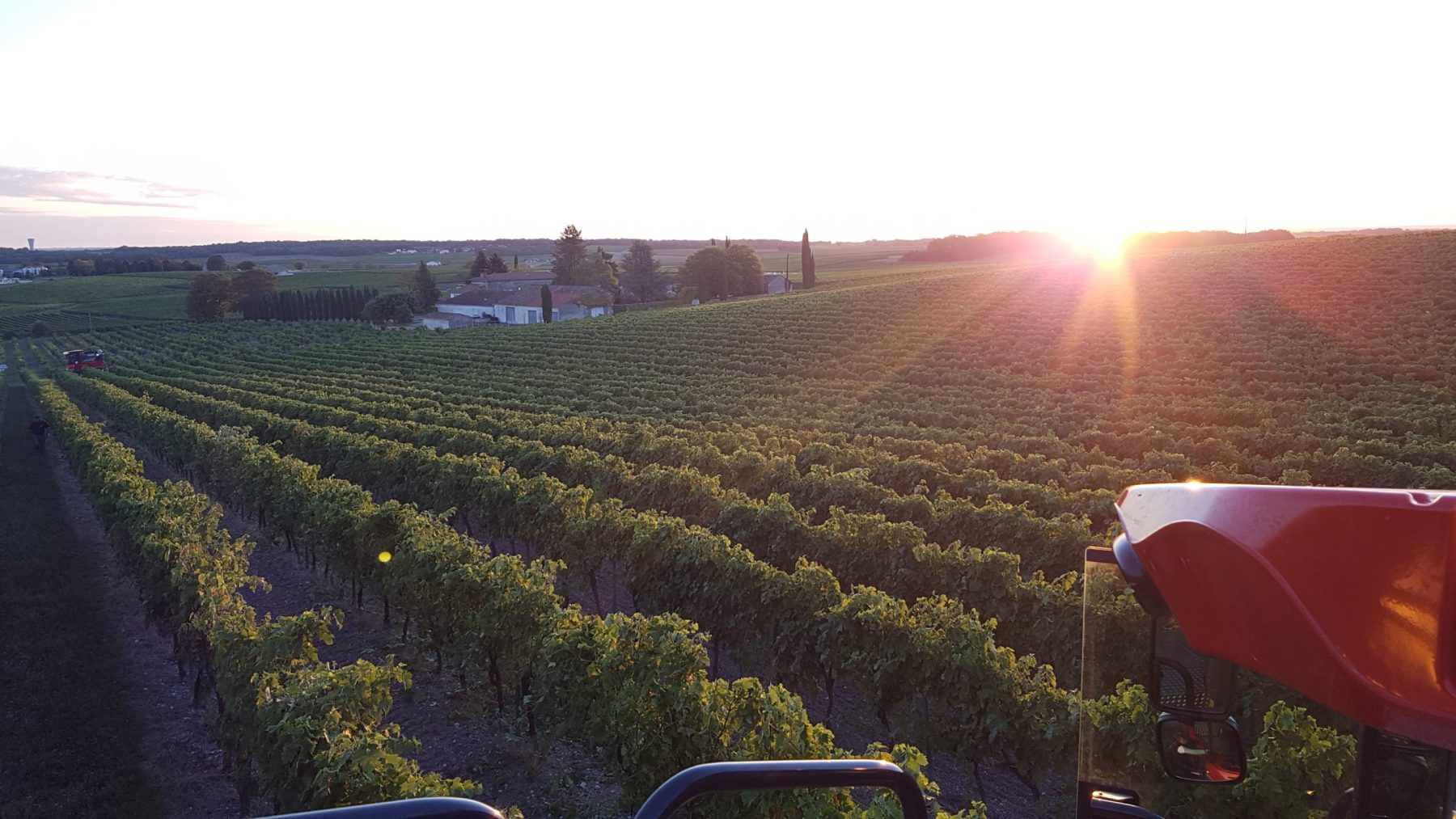
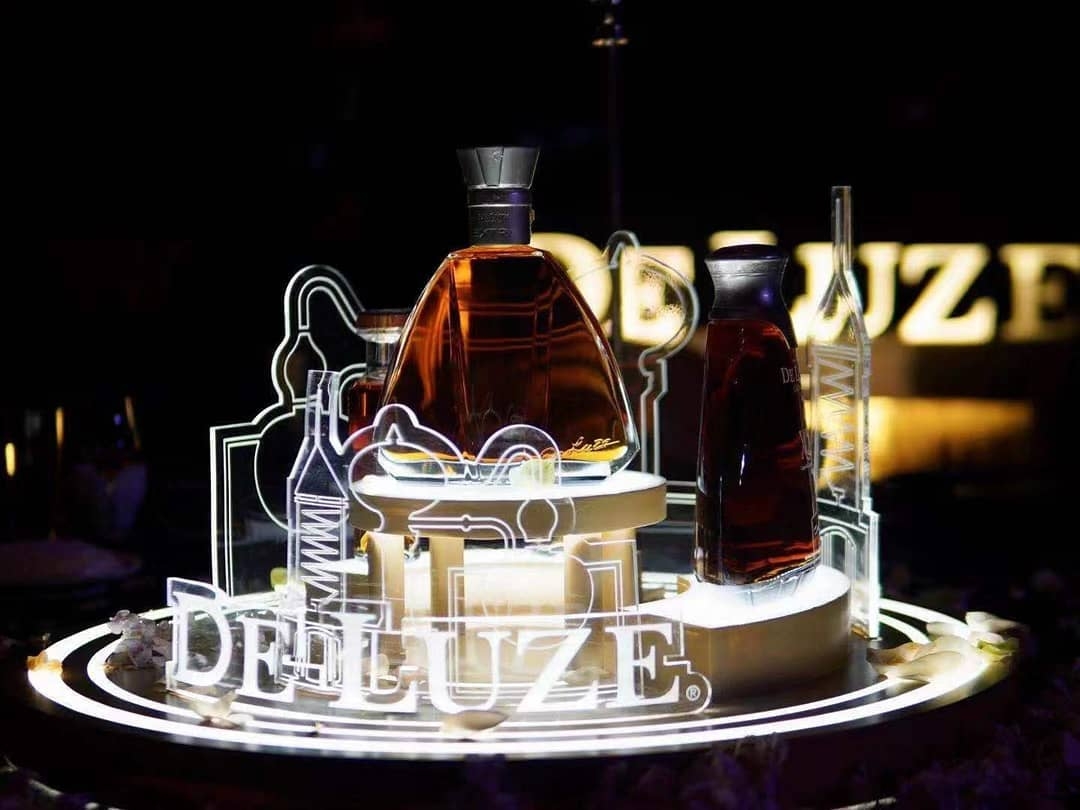
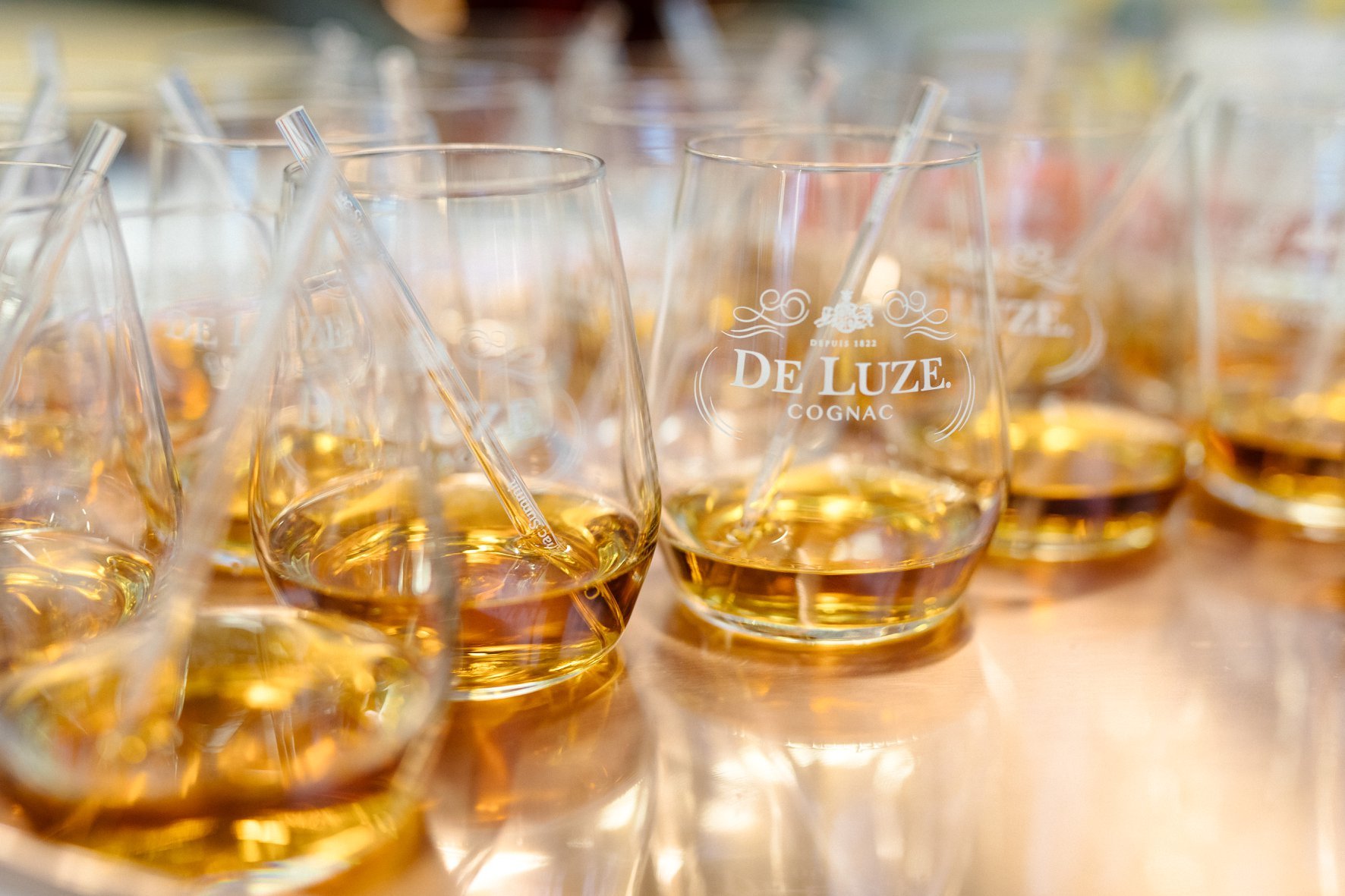
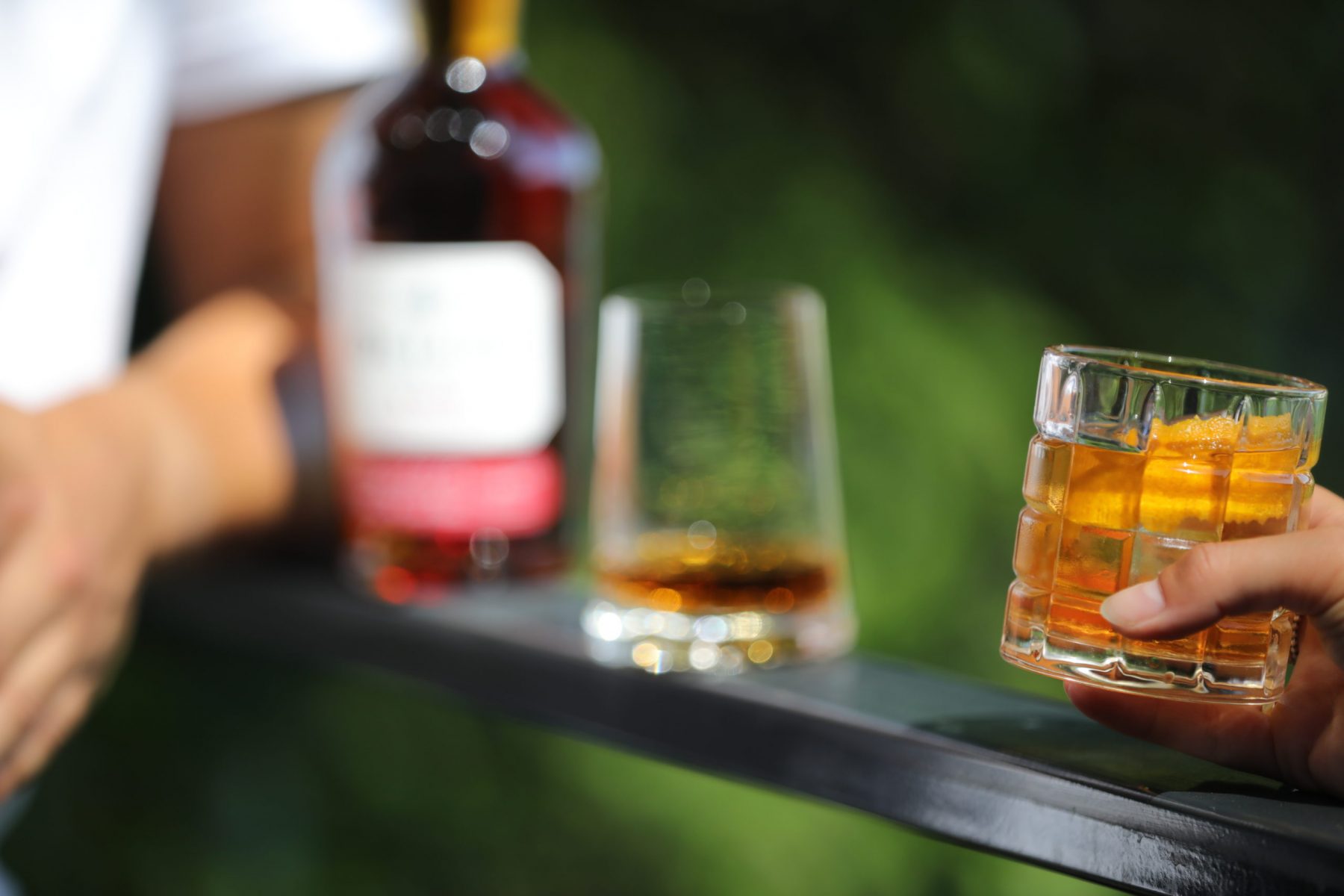

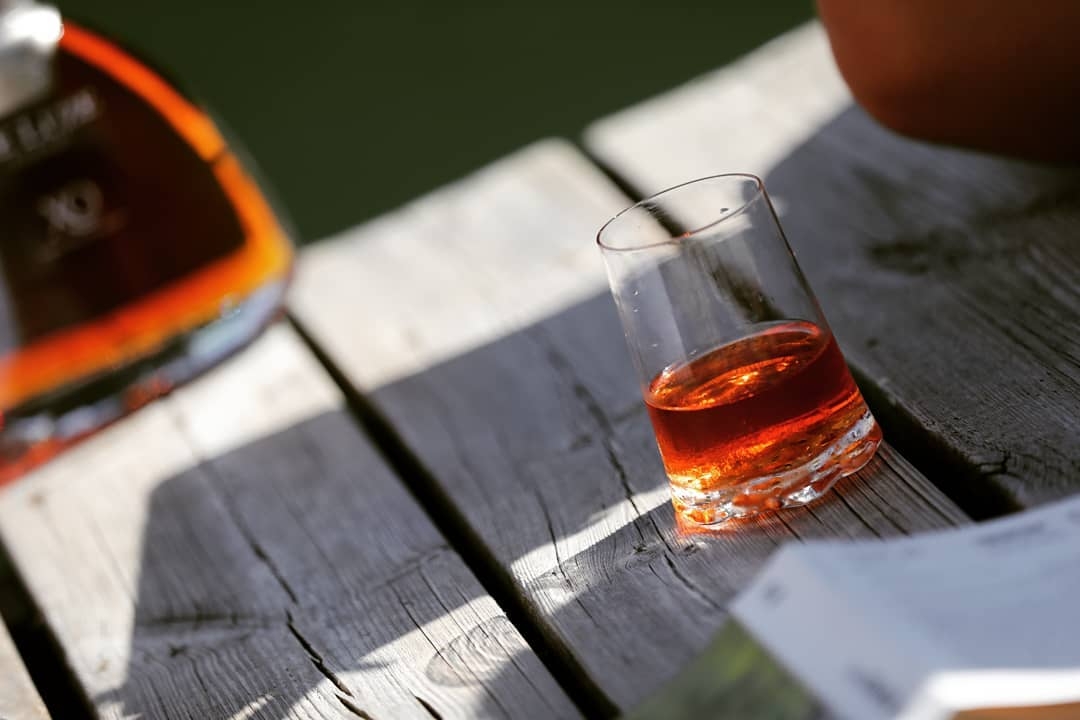
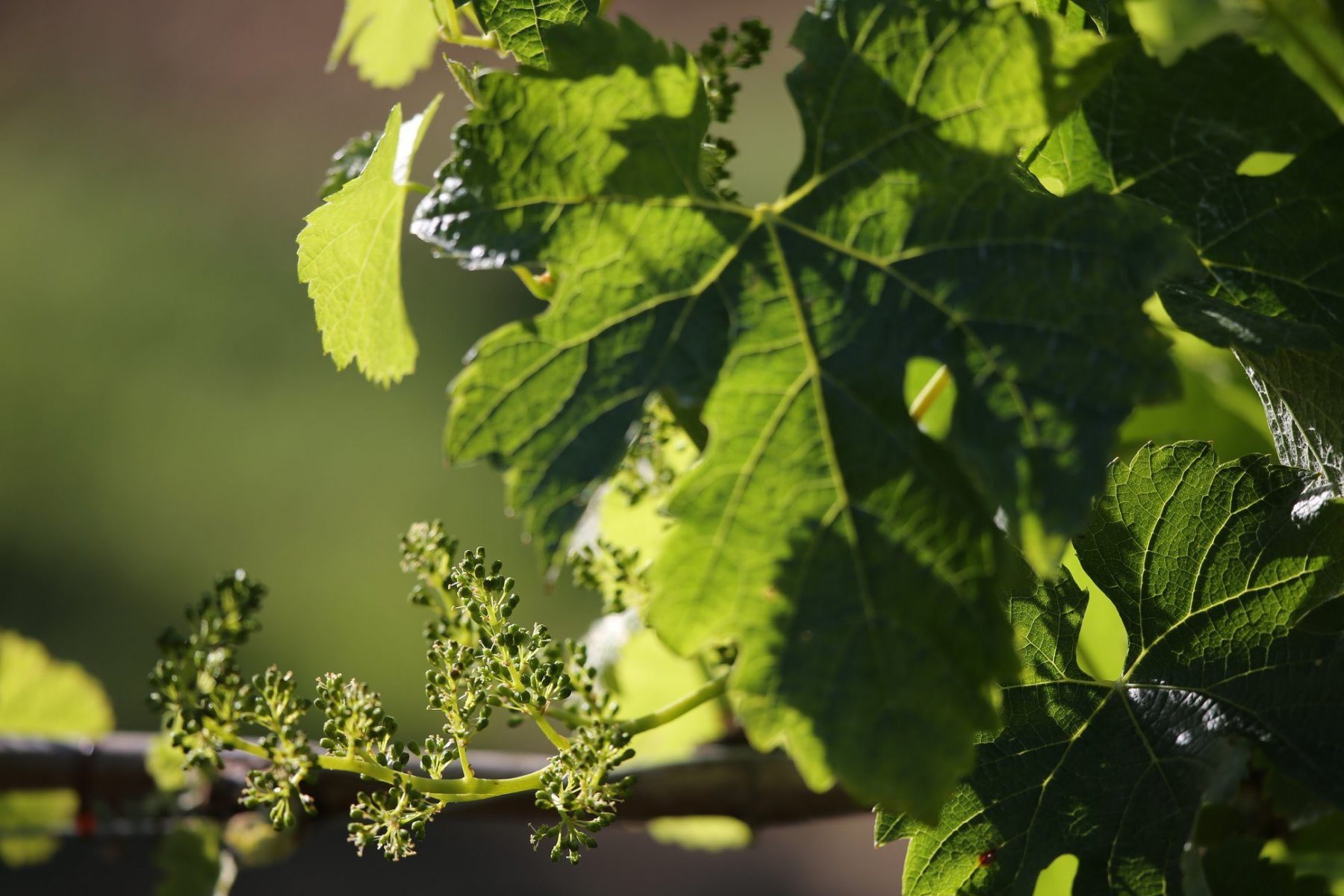

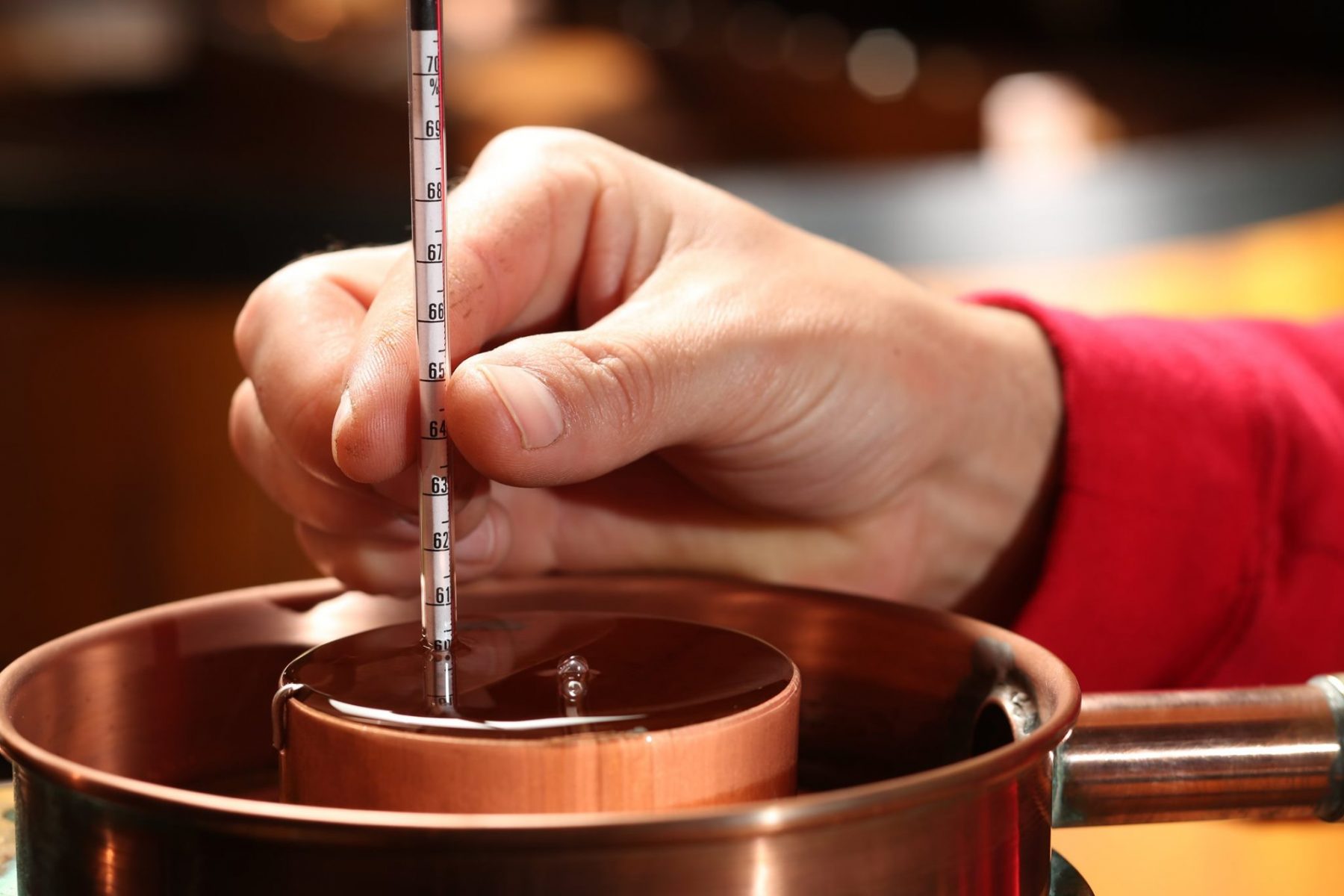
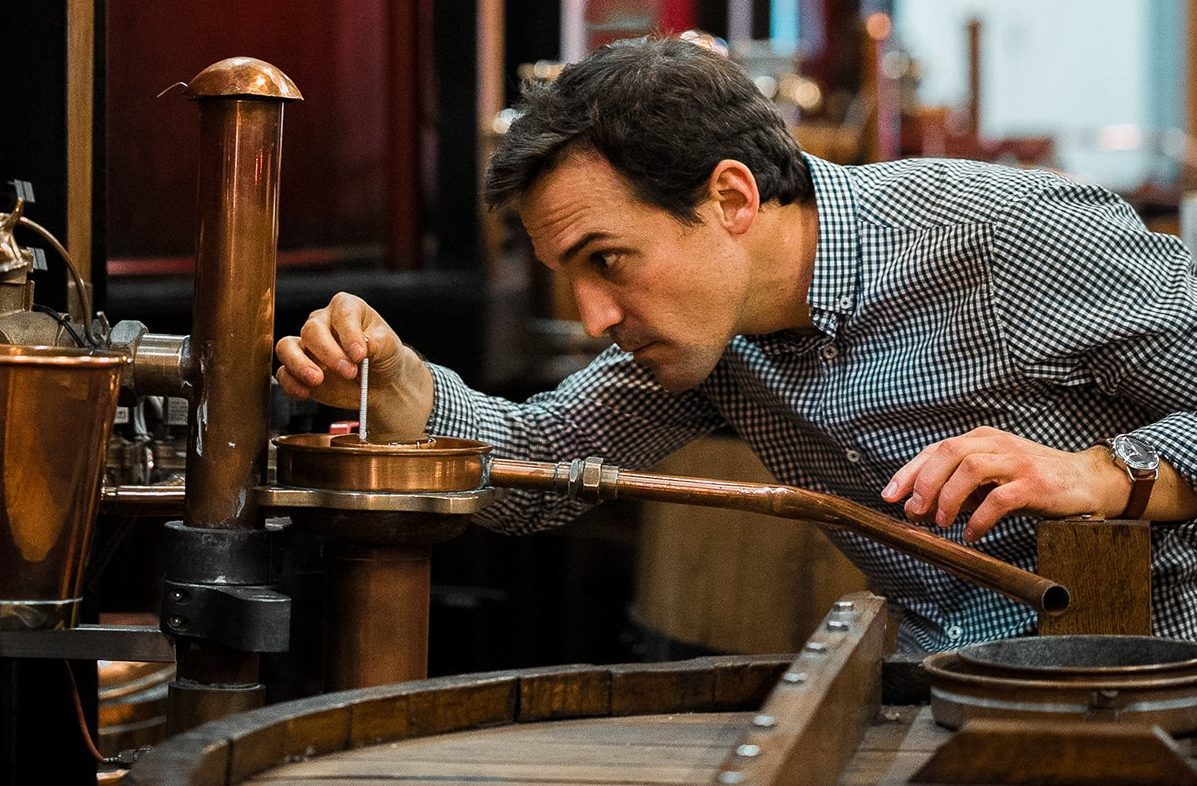
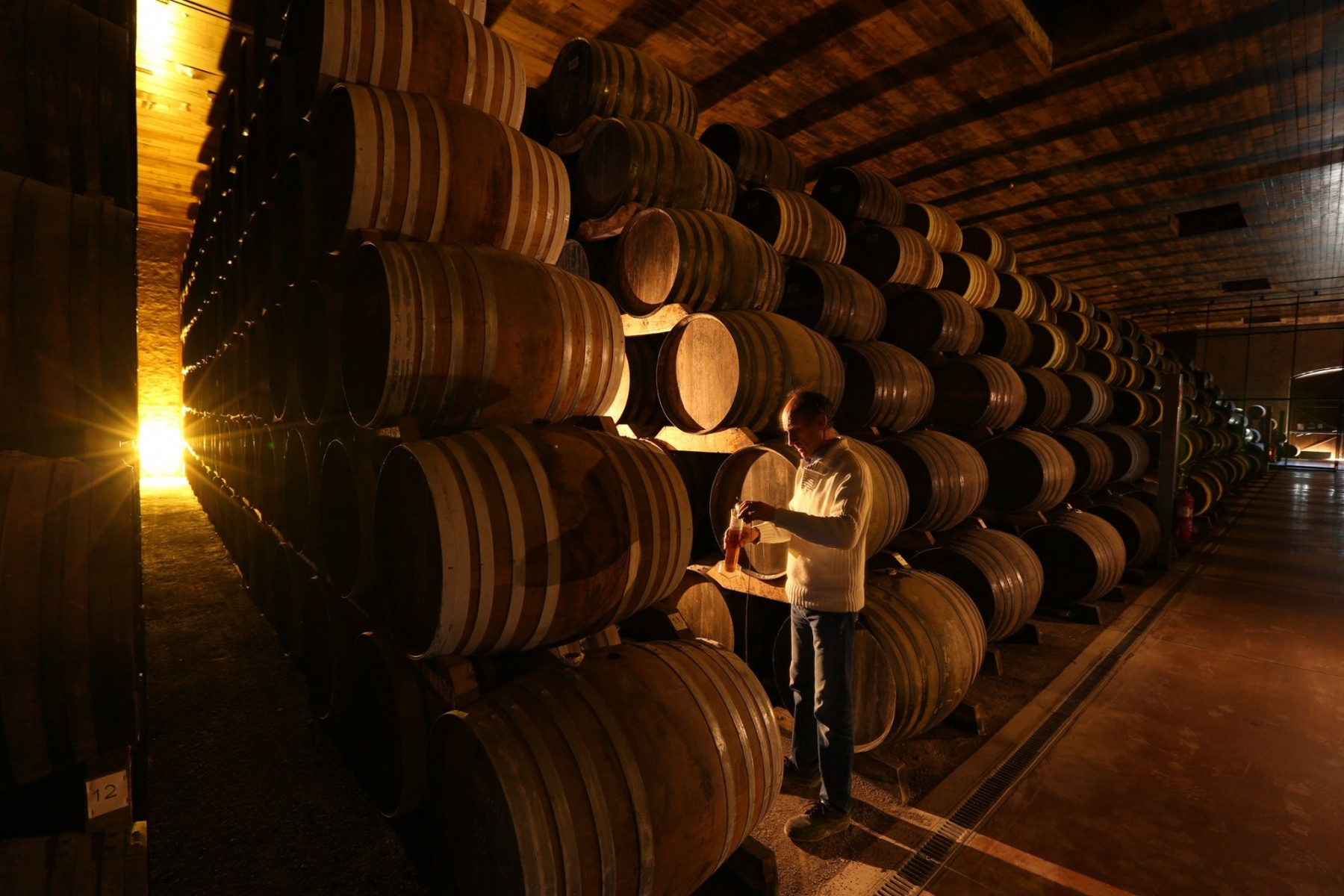
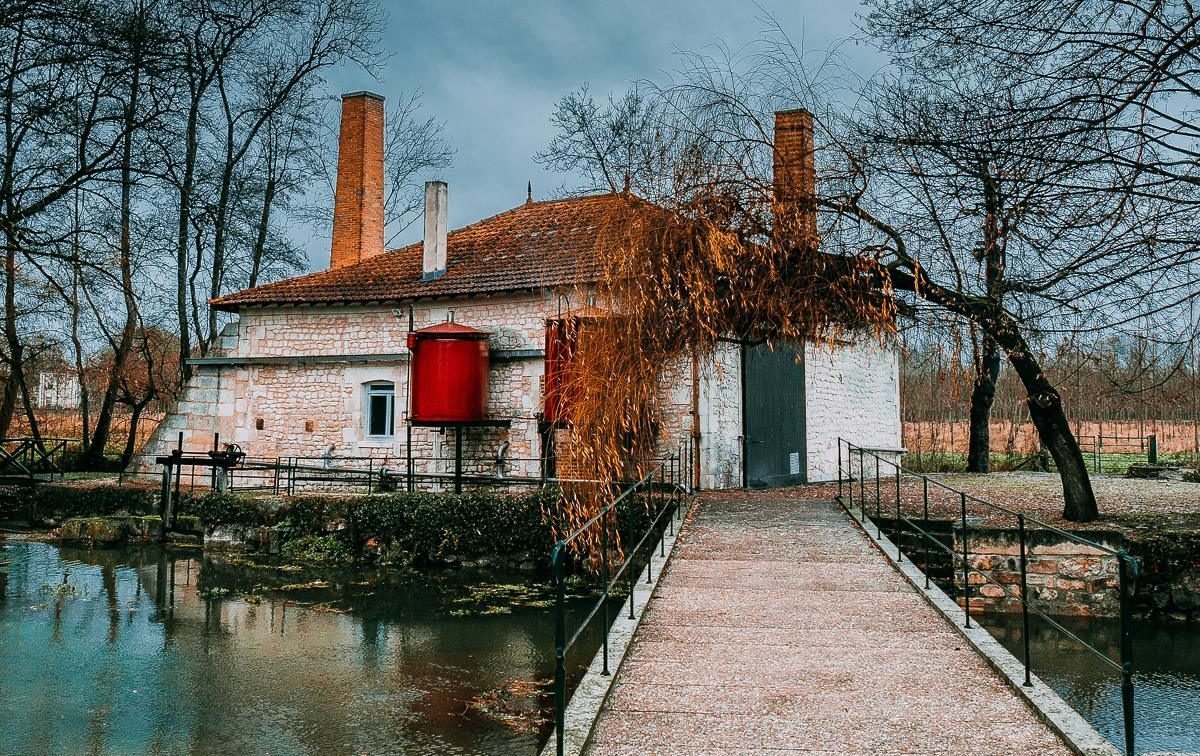
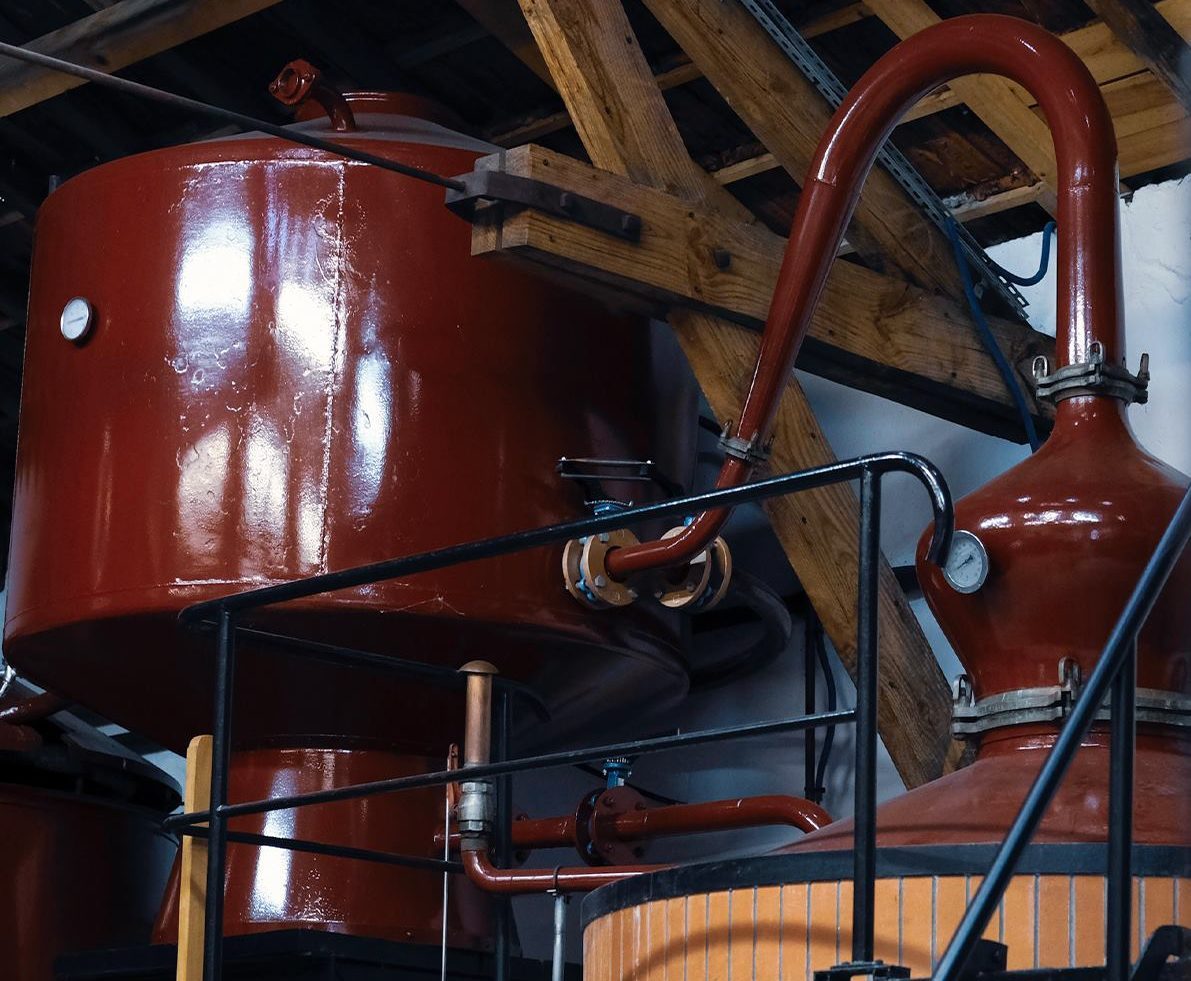


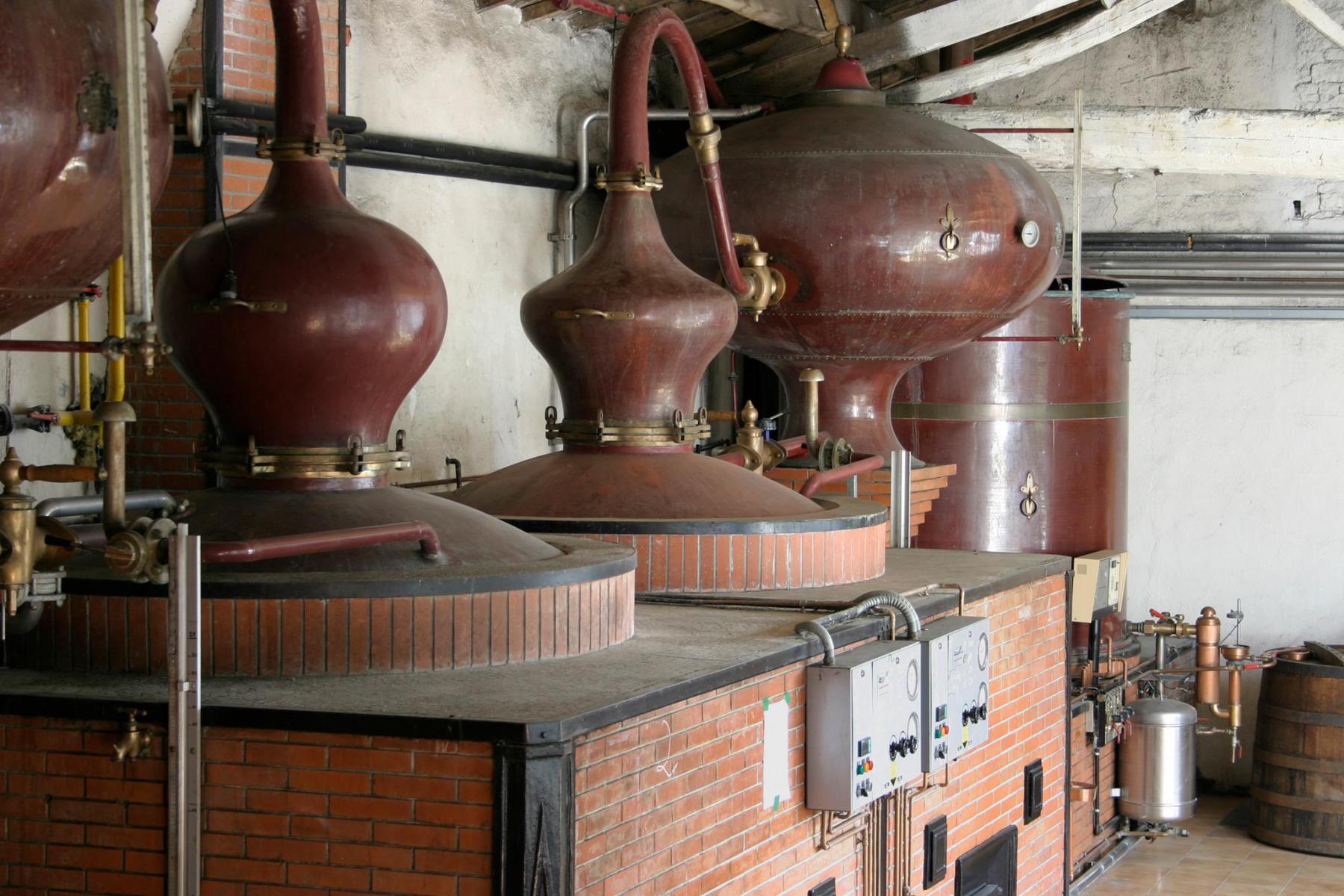
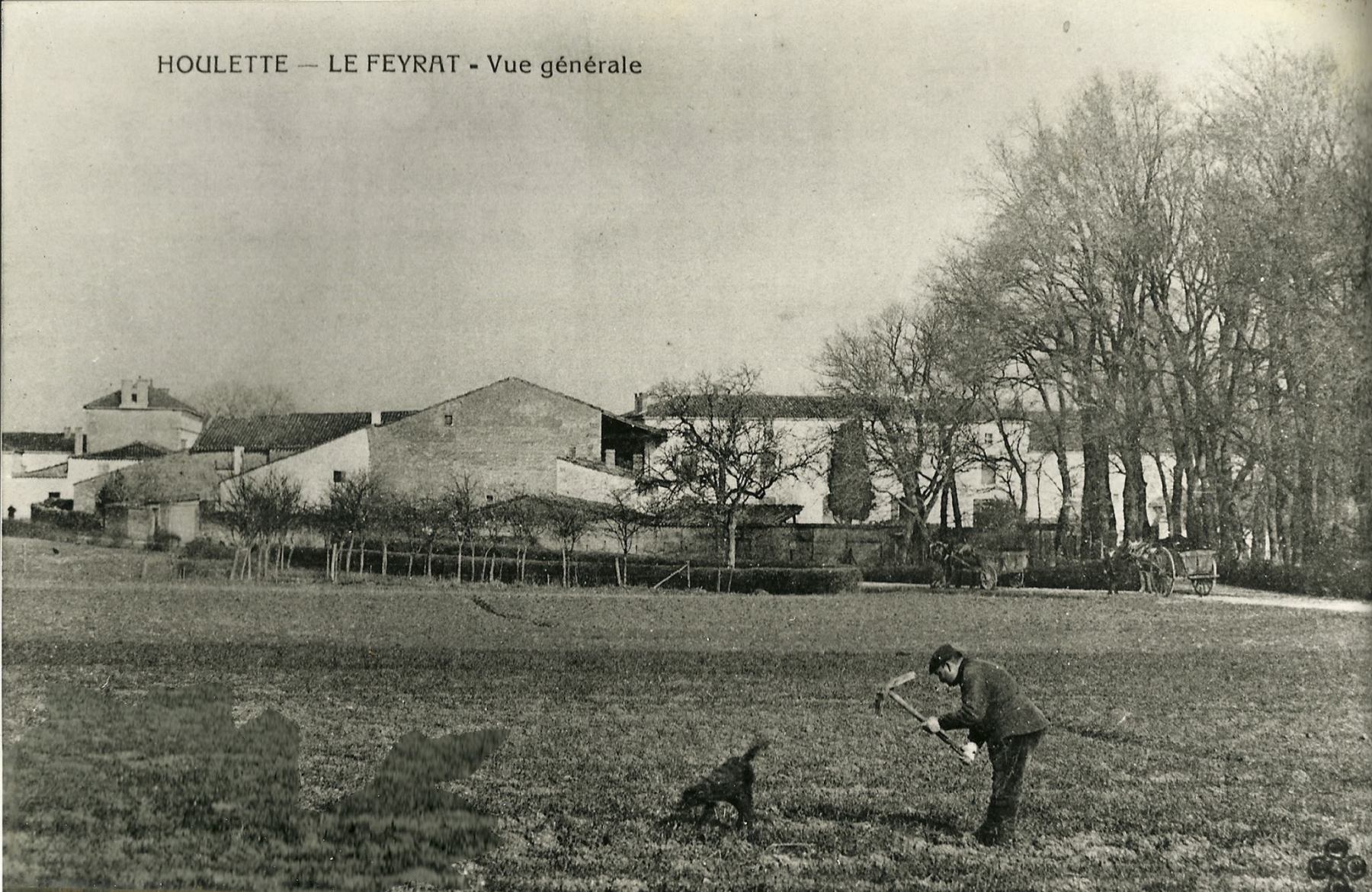
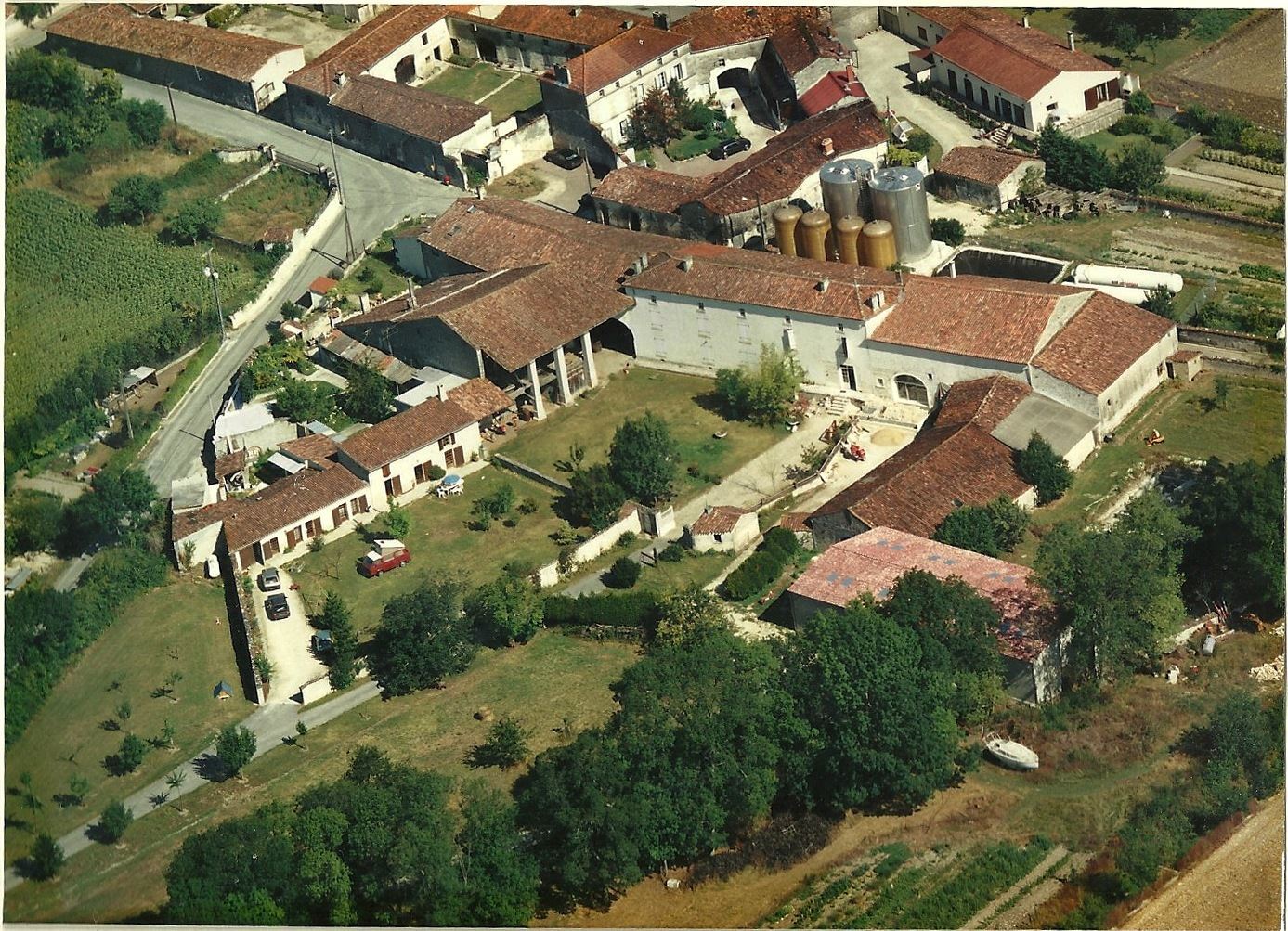
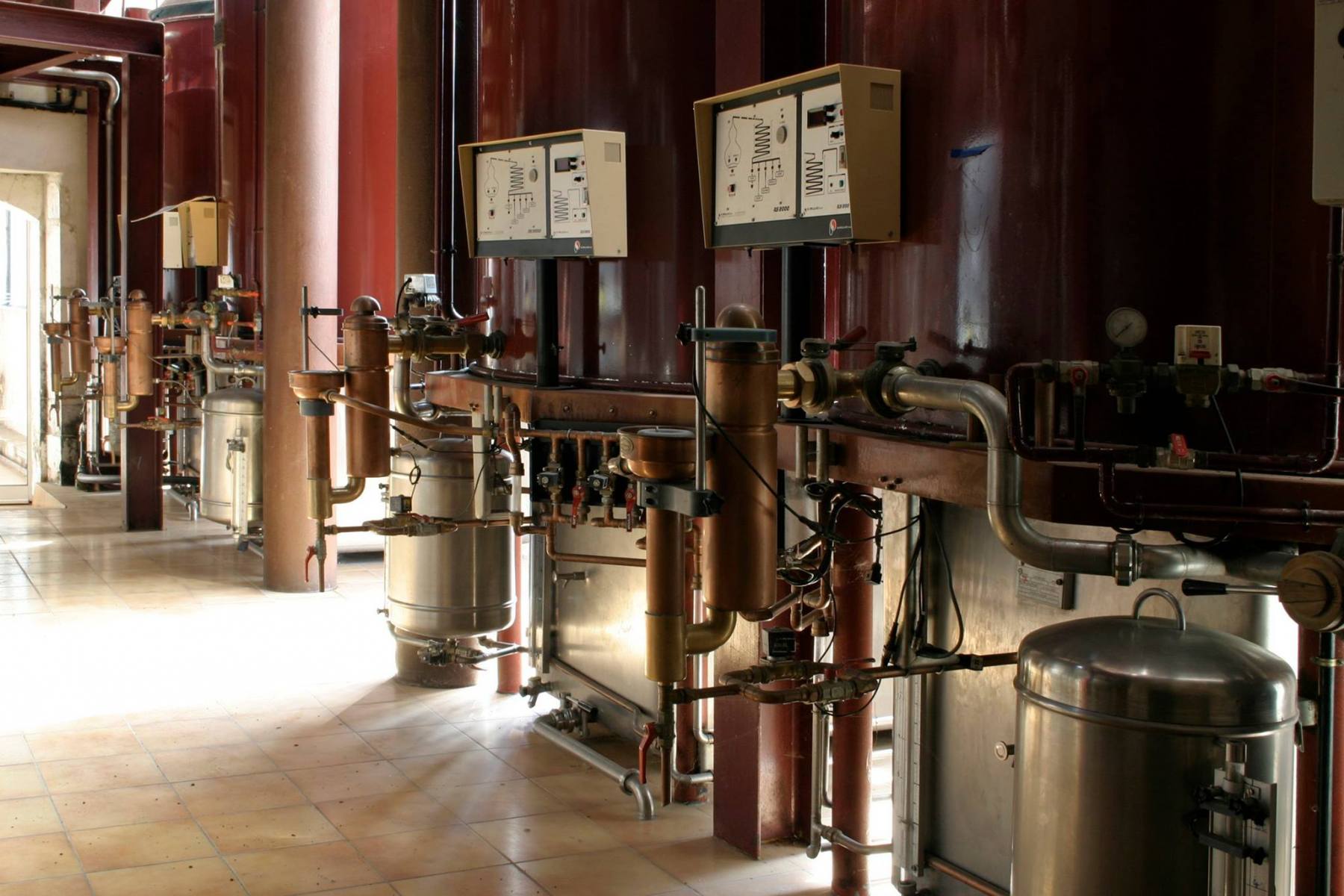
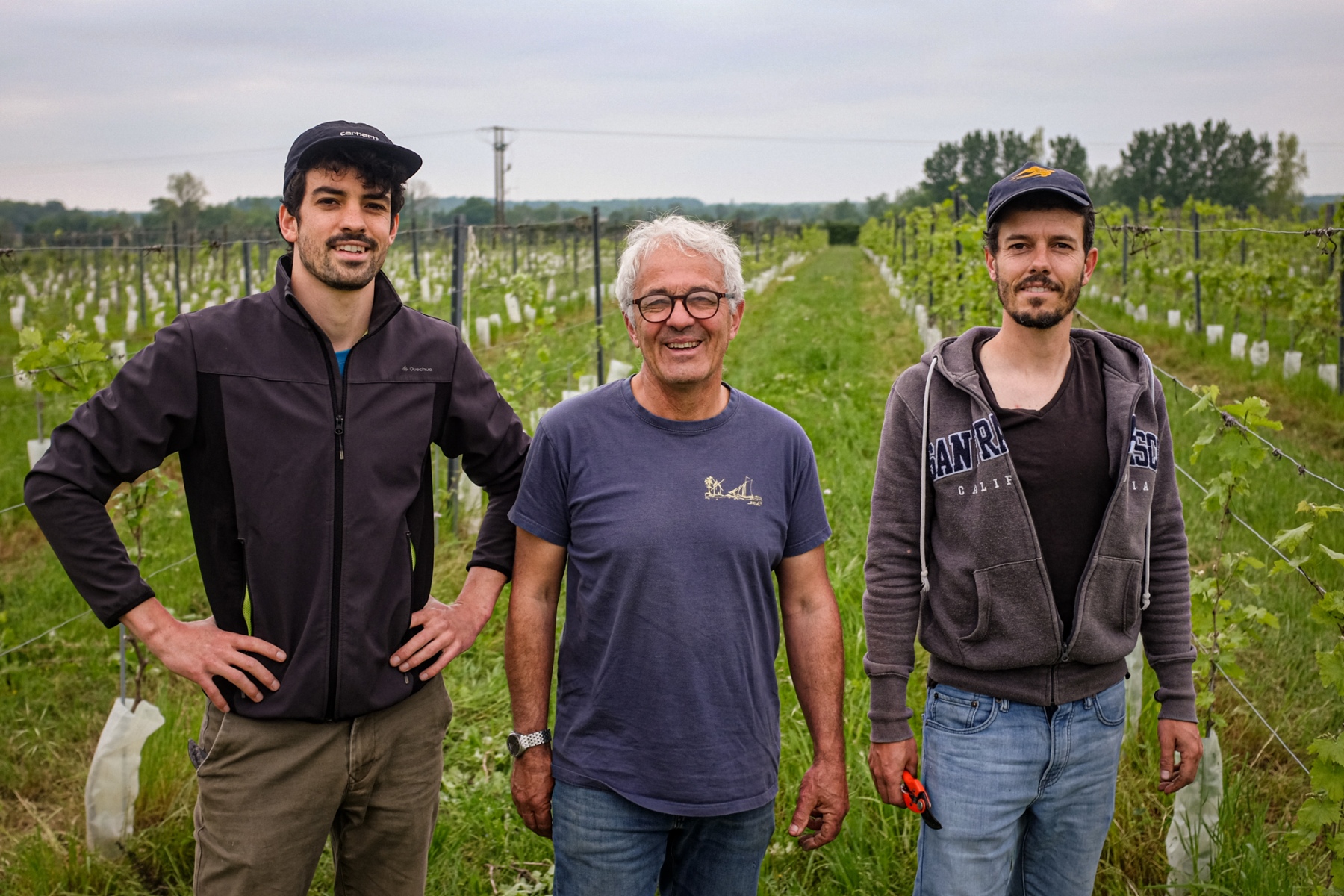
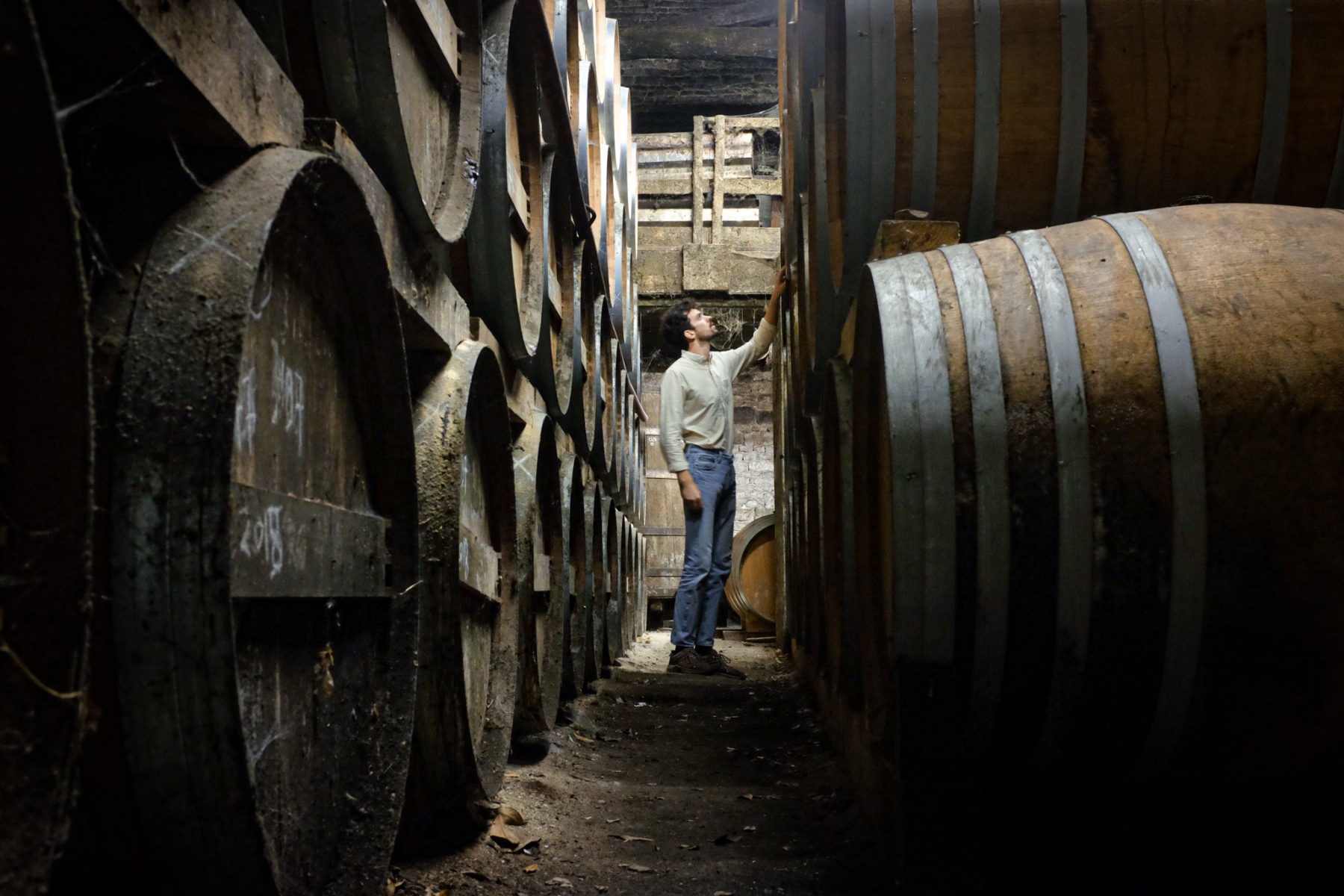
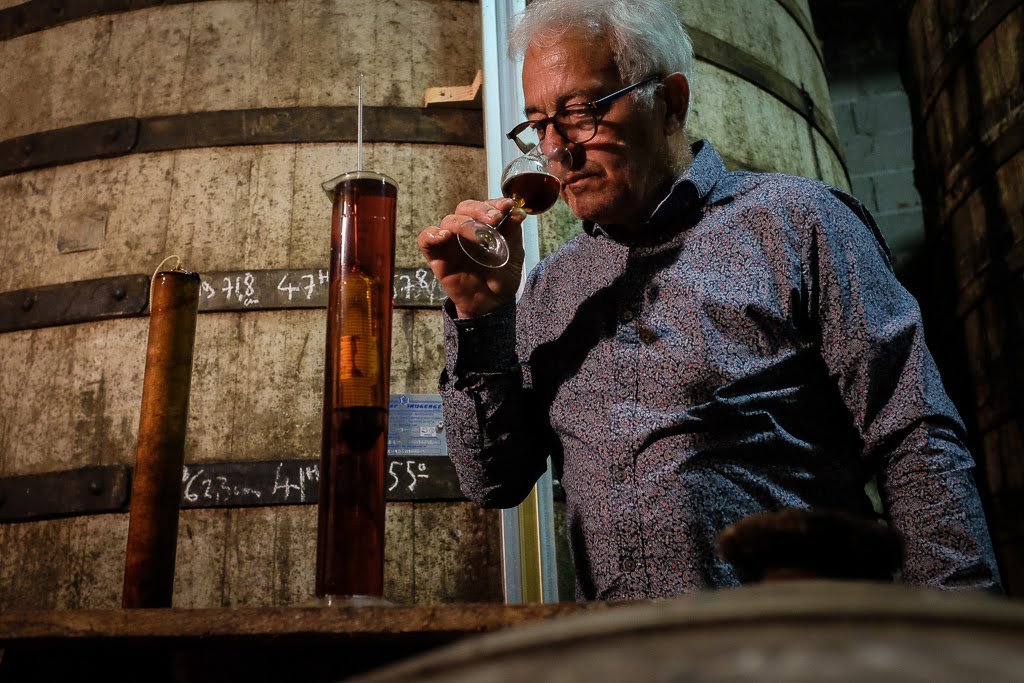
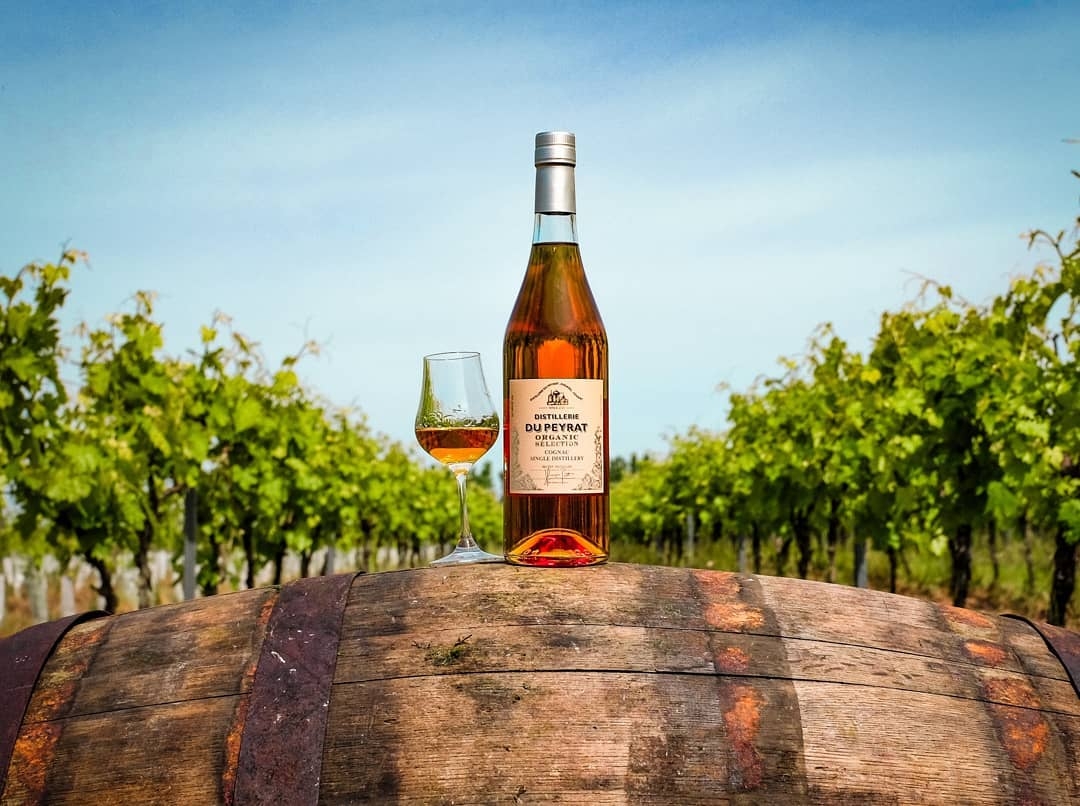
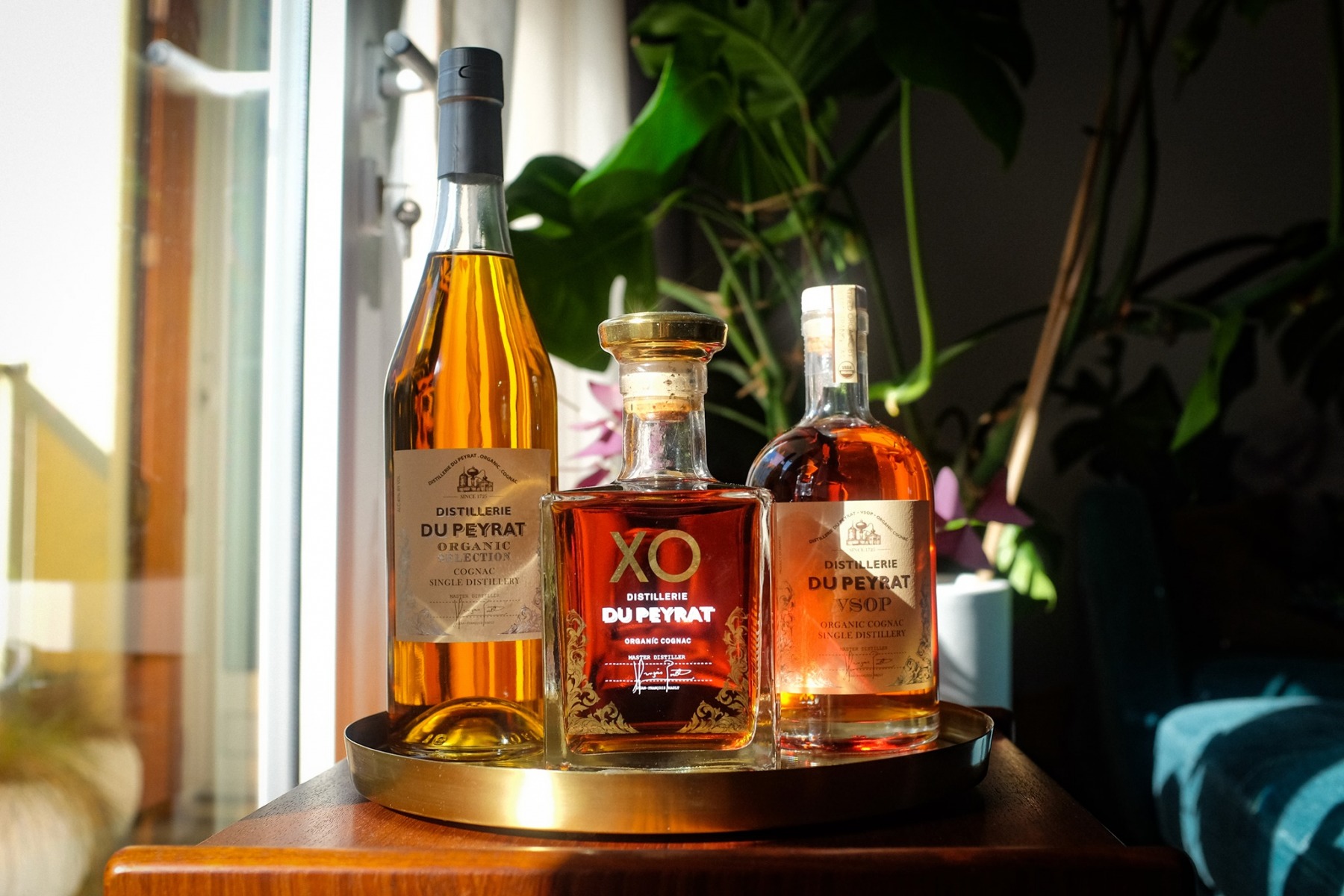
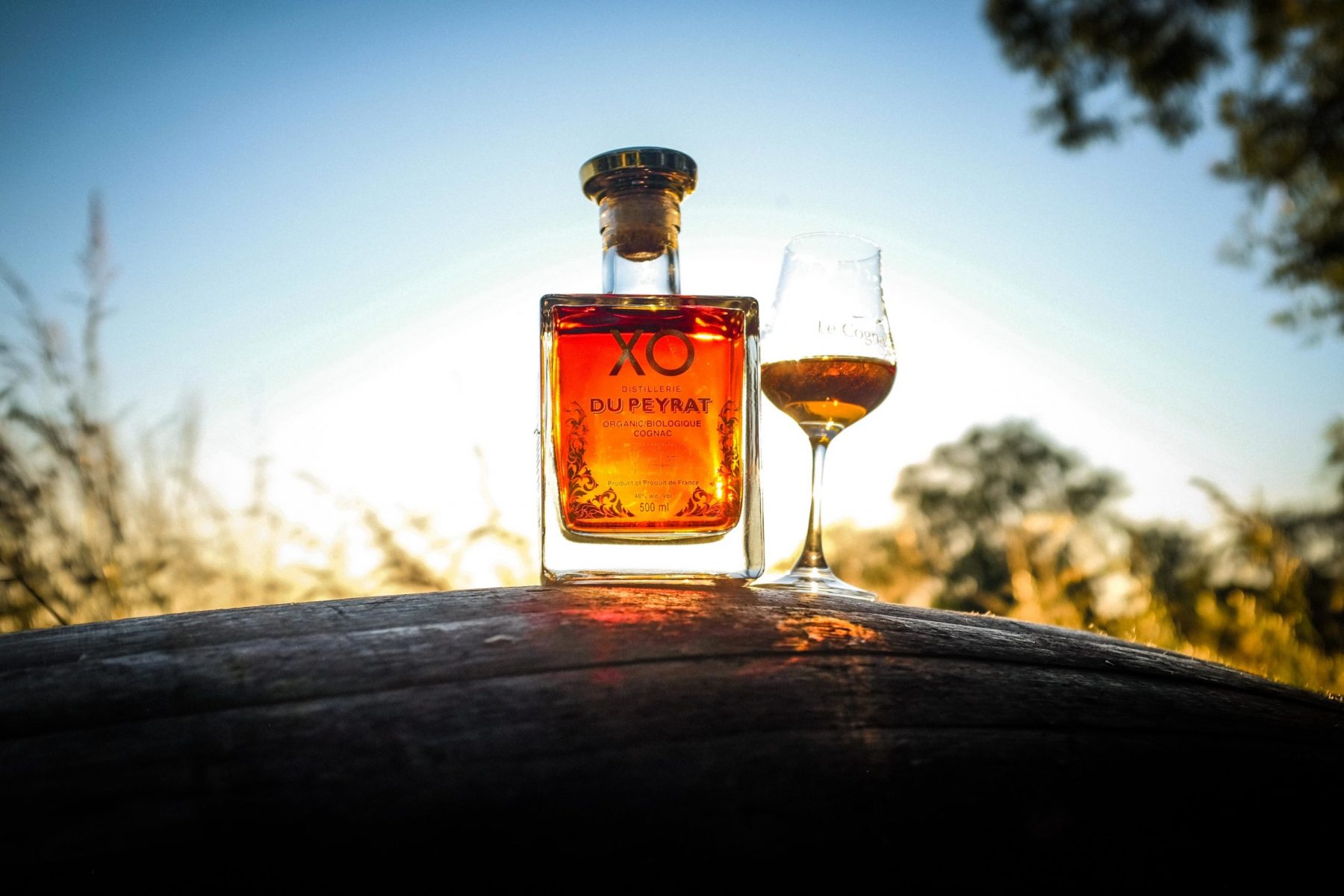




1 thought on “This time, we taste different spirits of (French) Cognac”
Comments are closed.